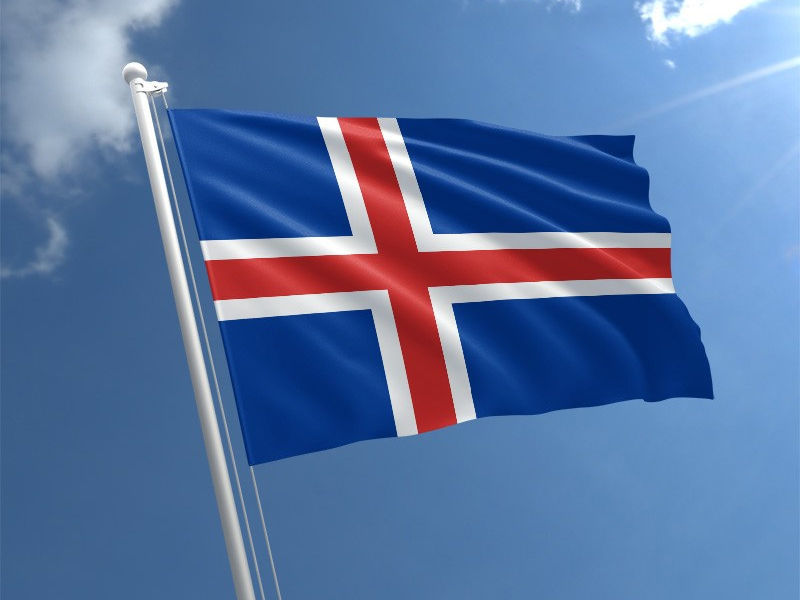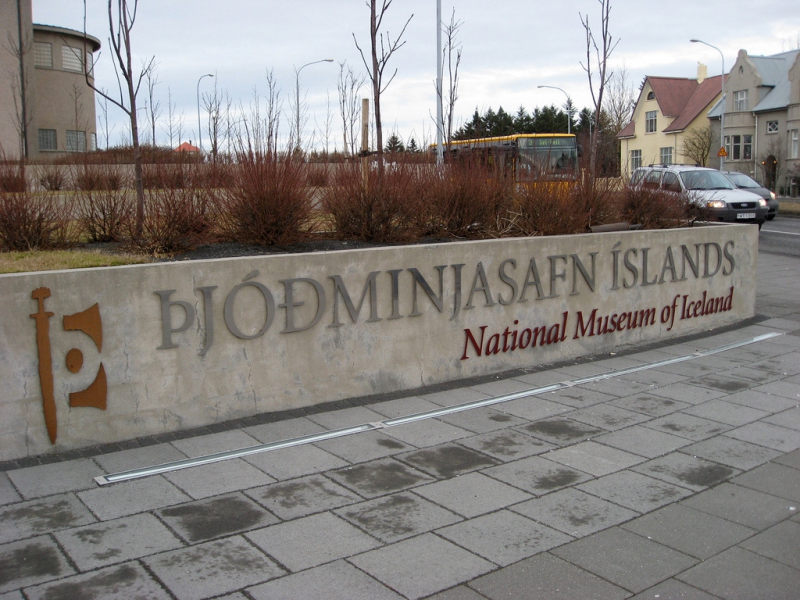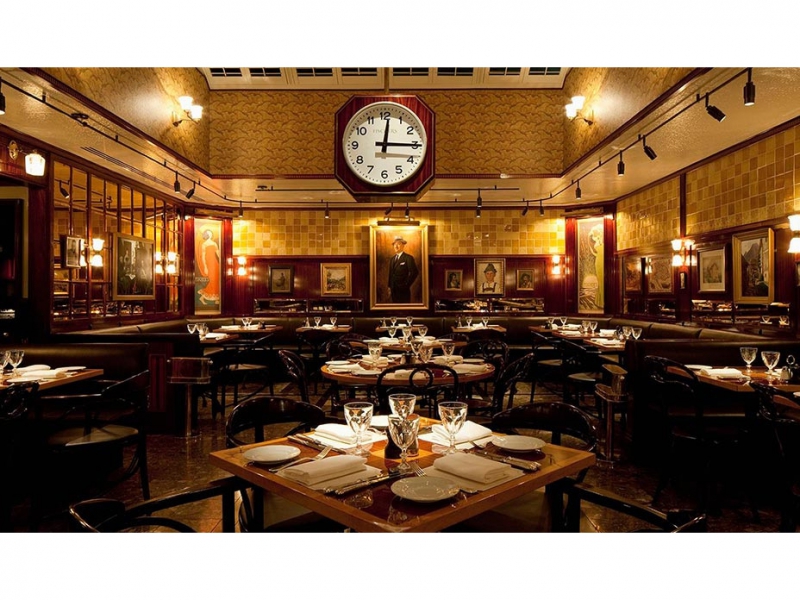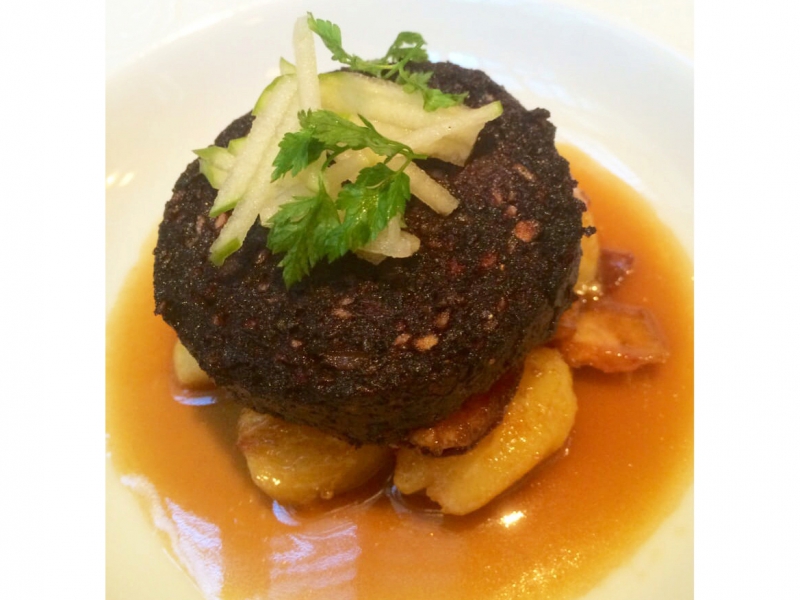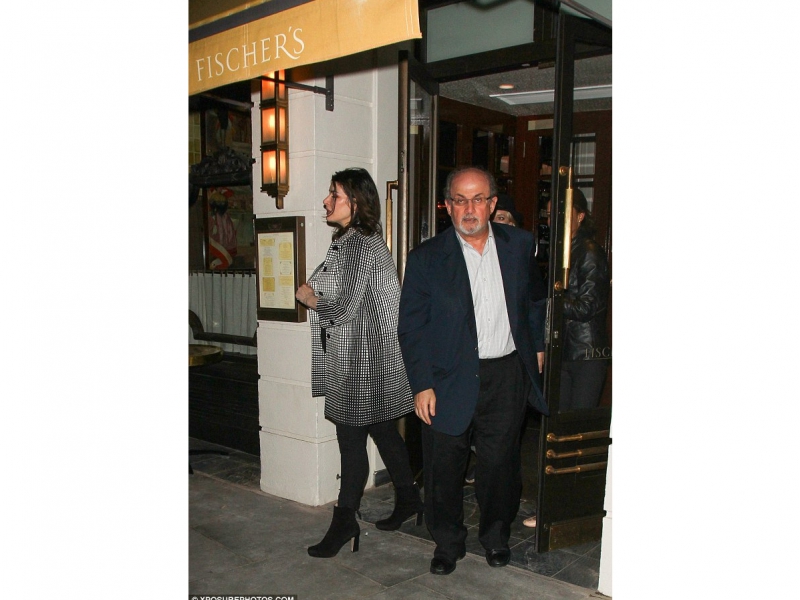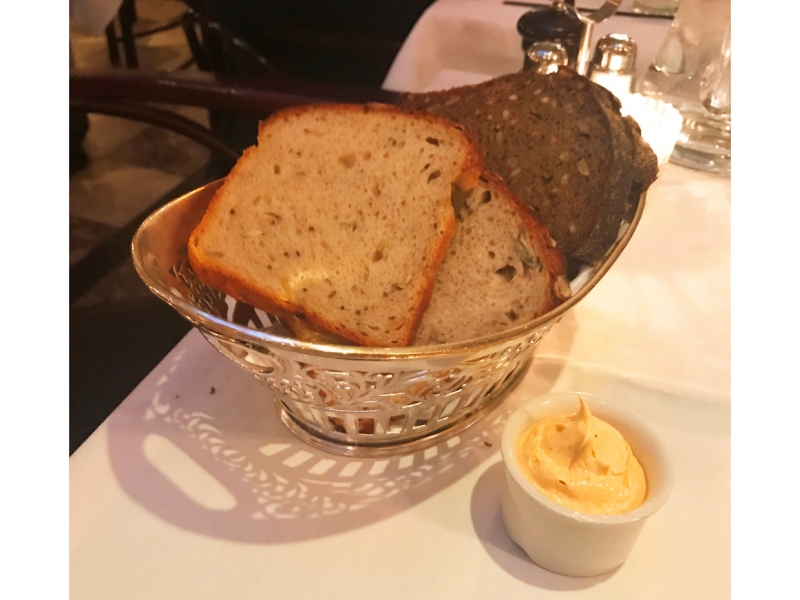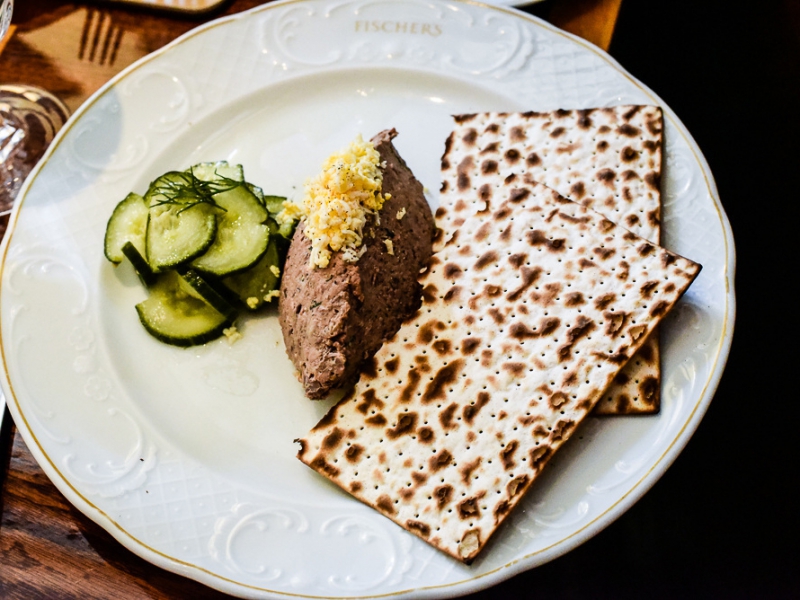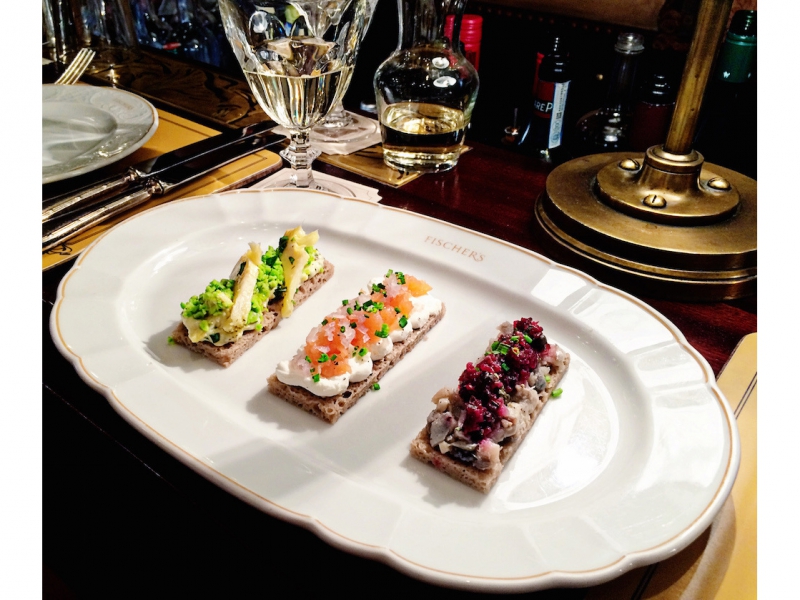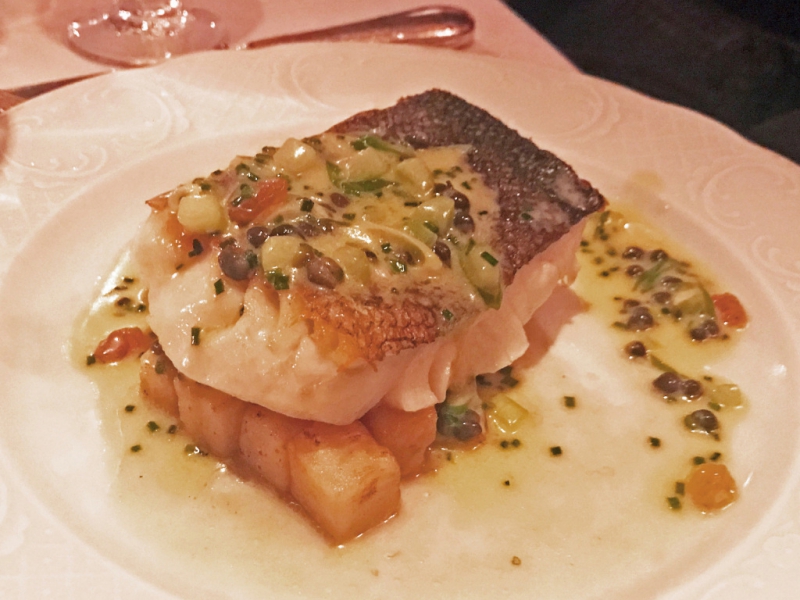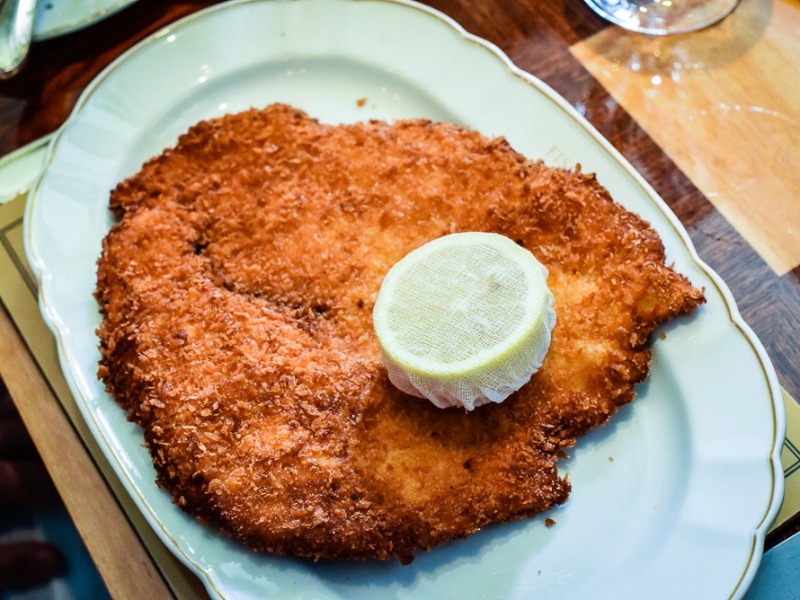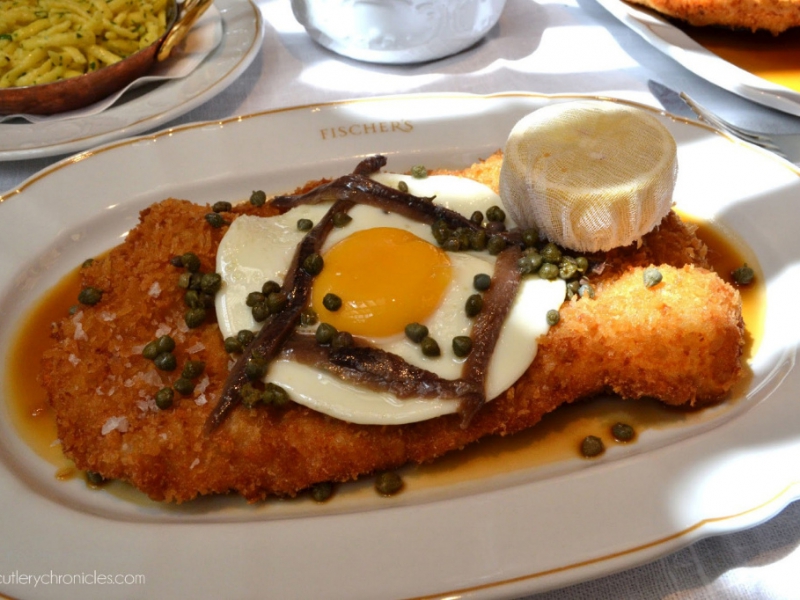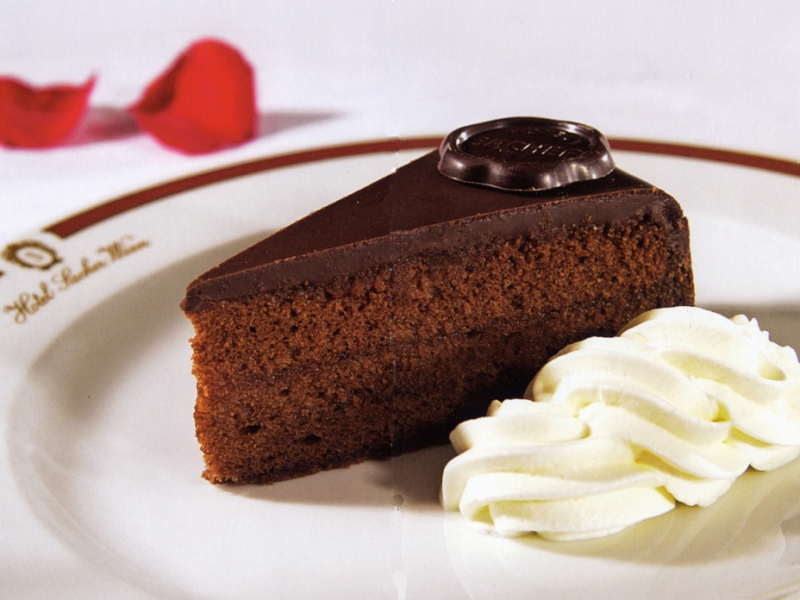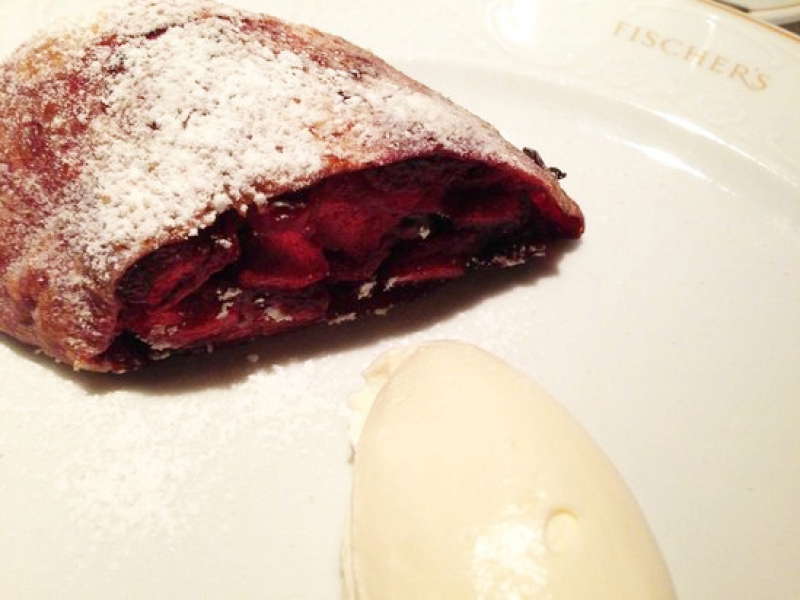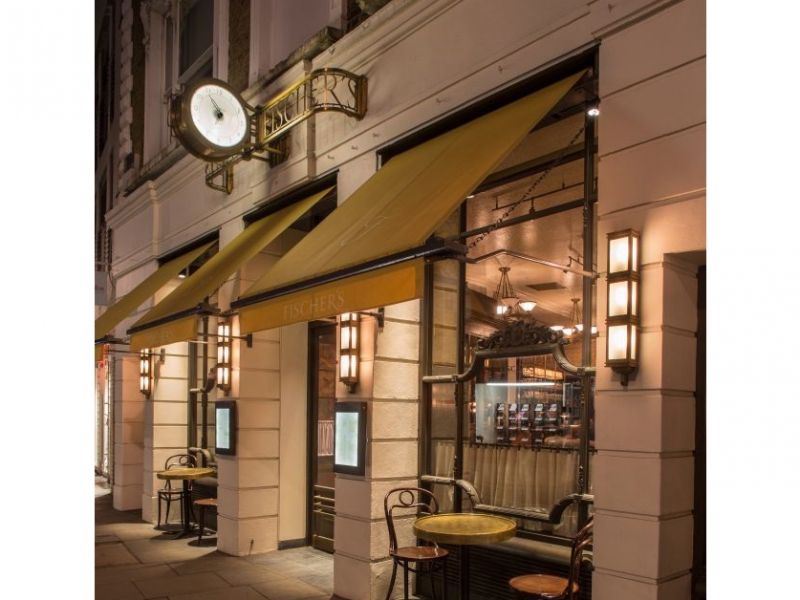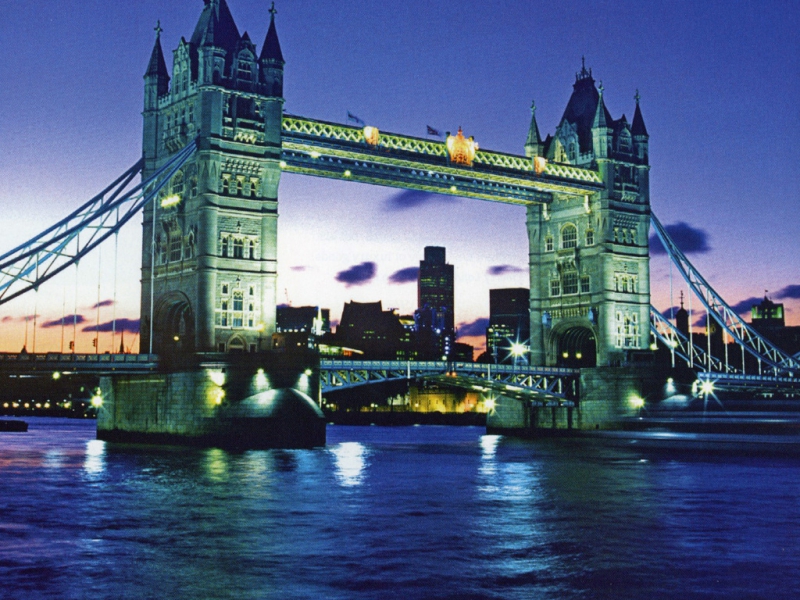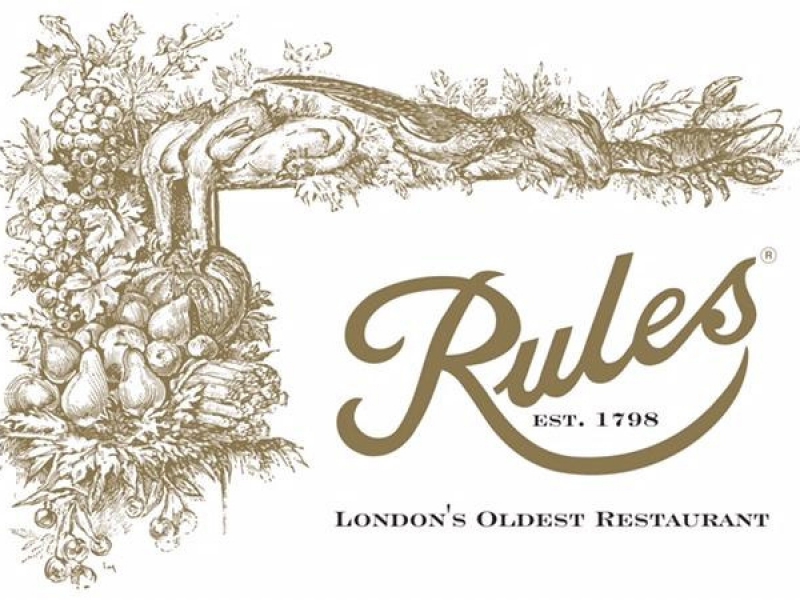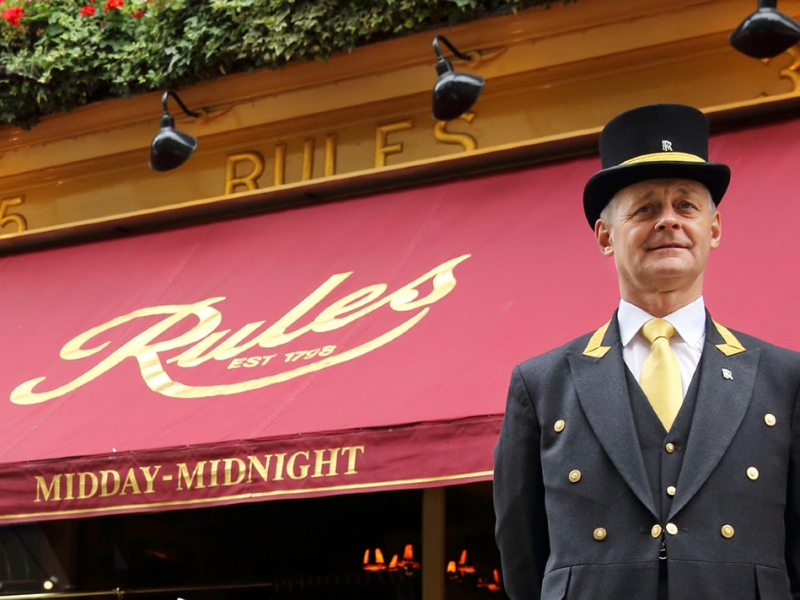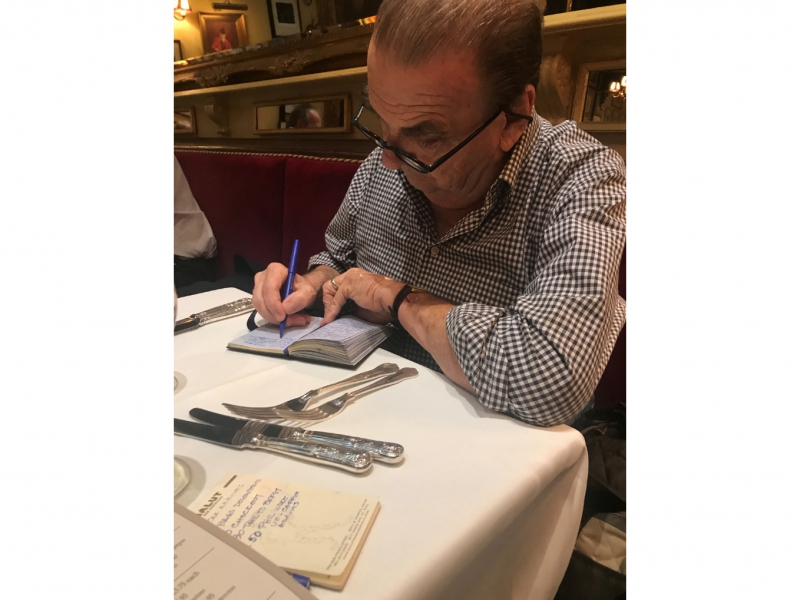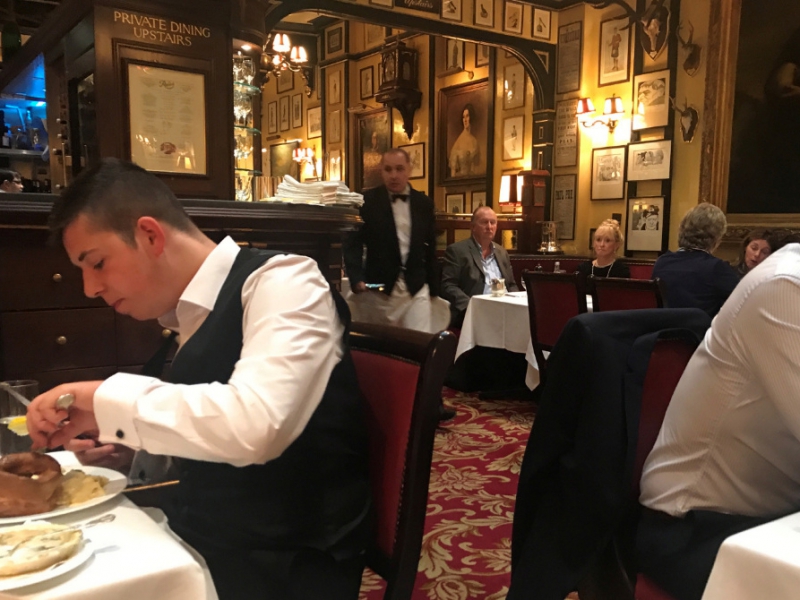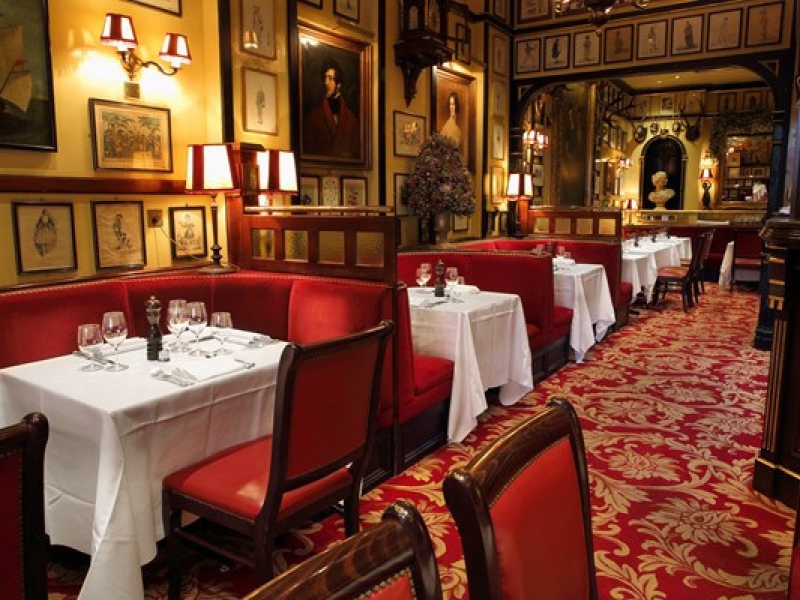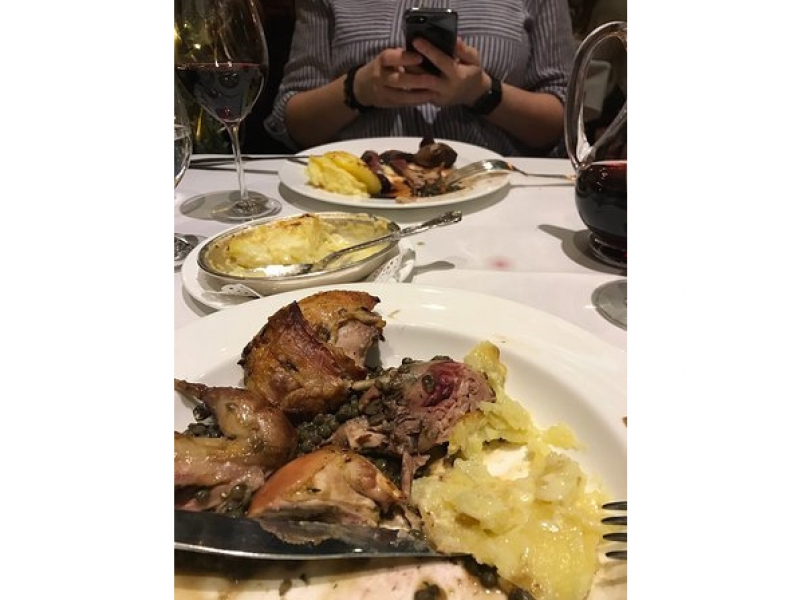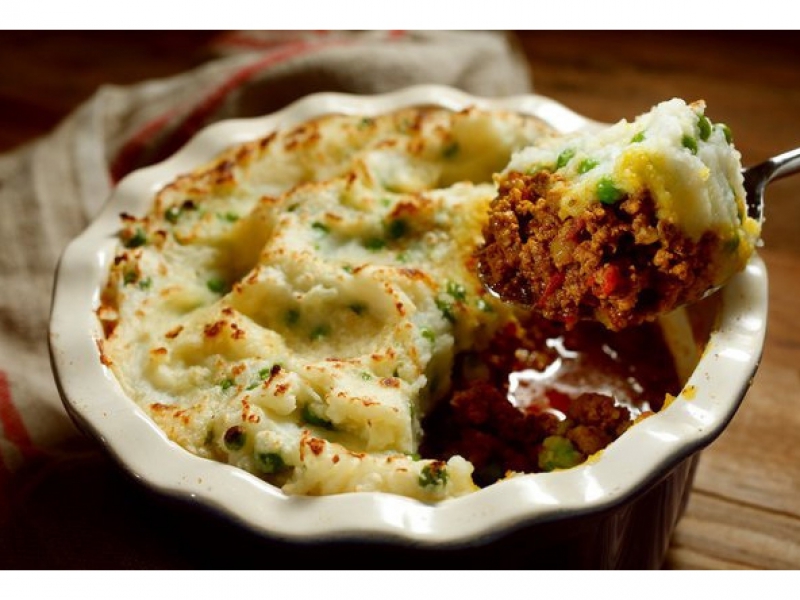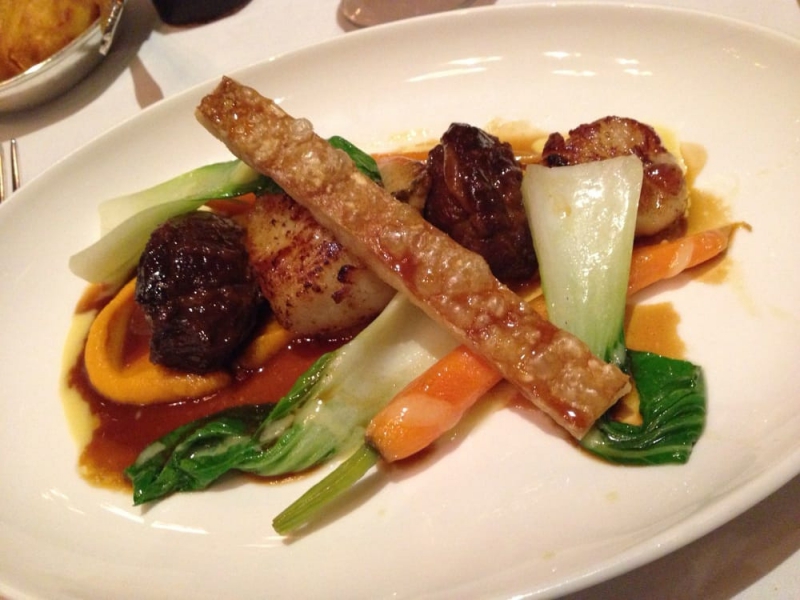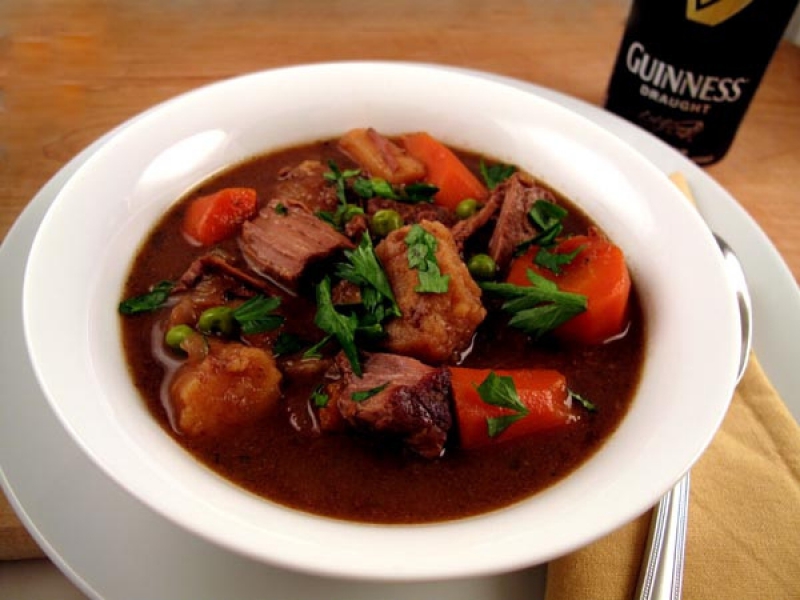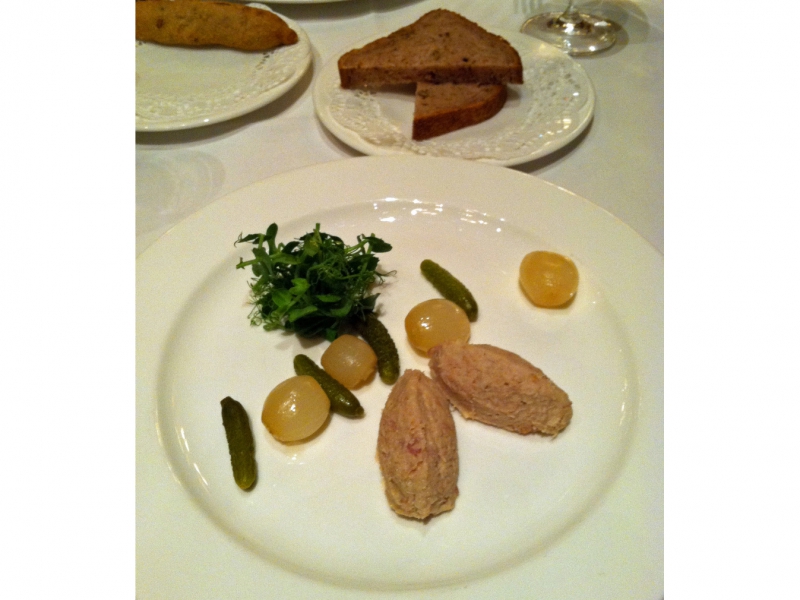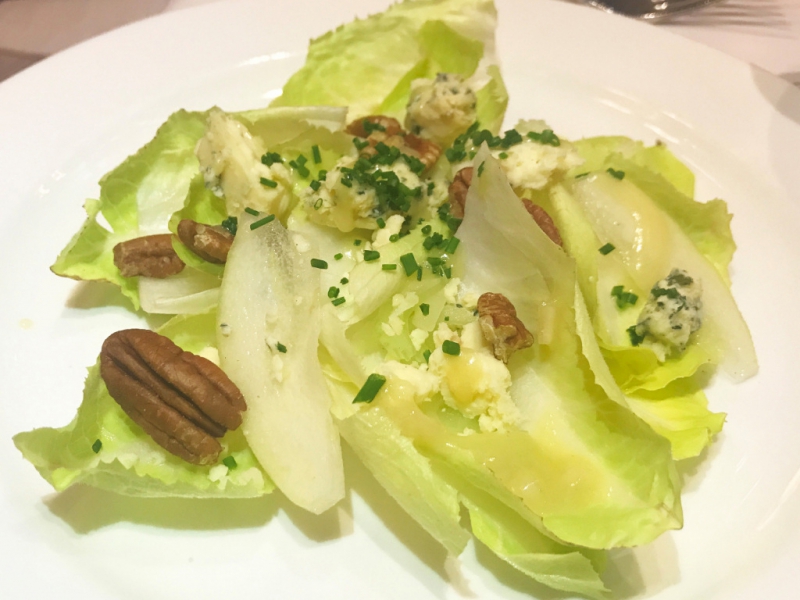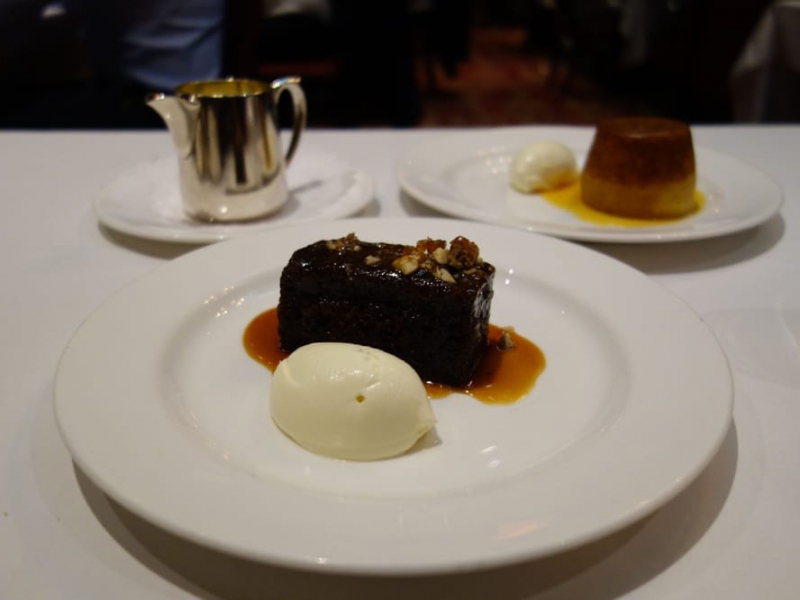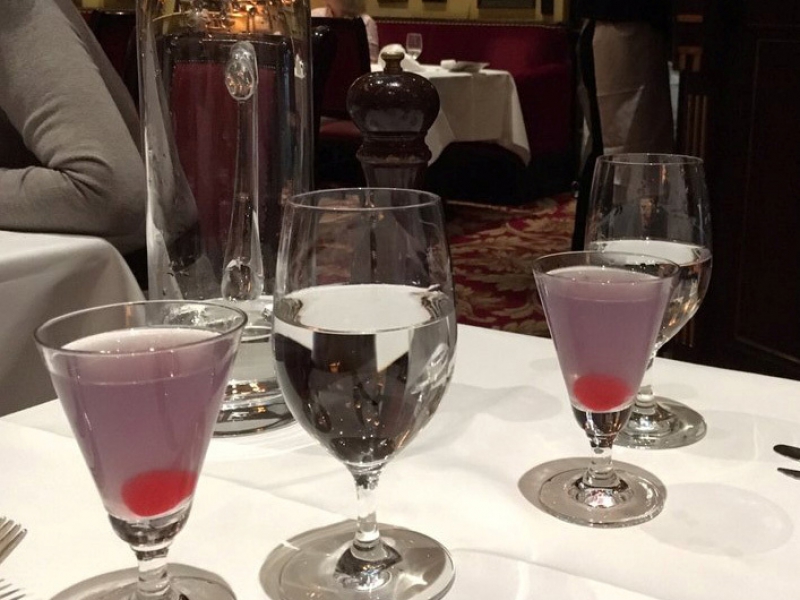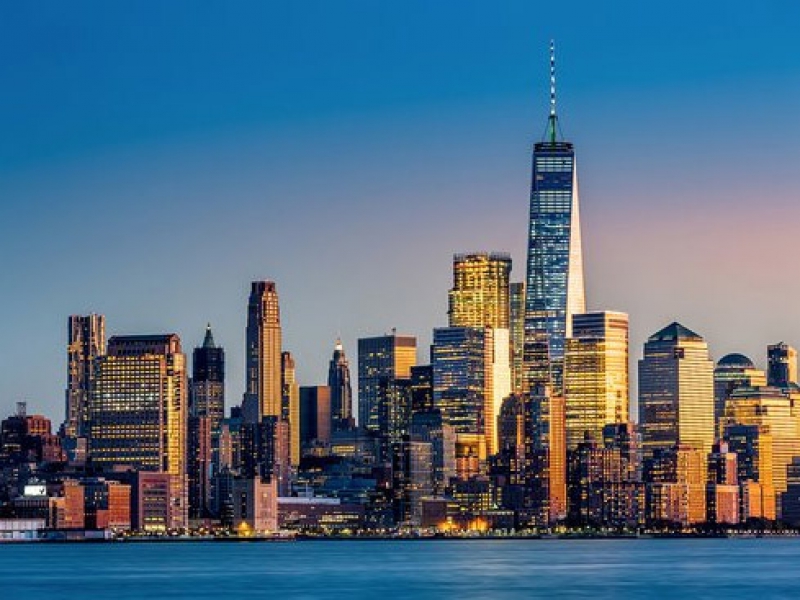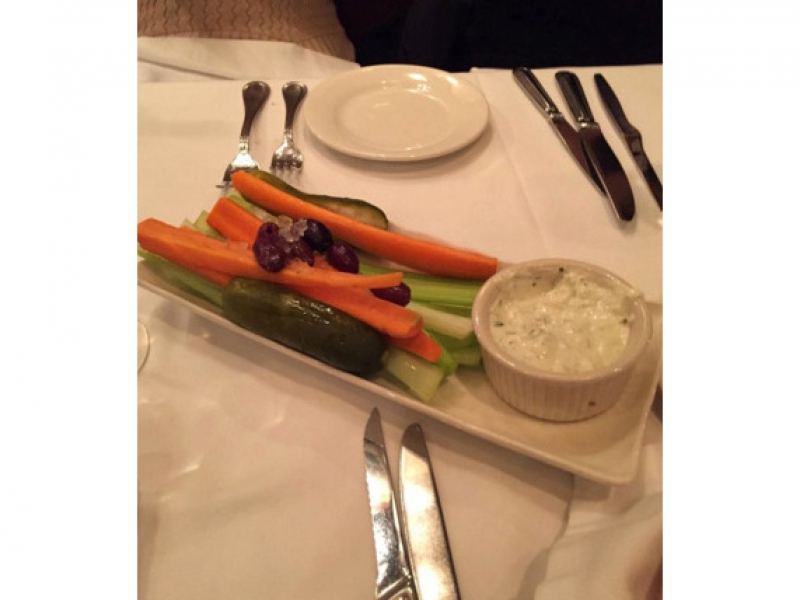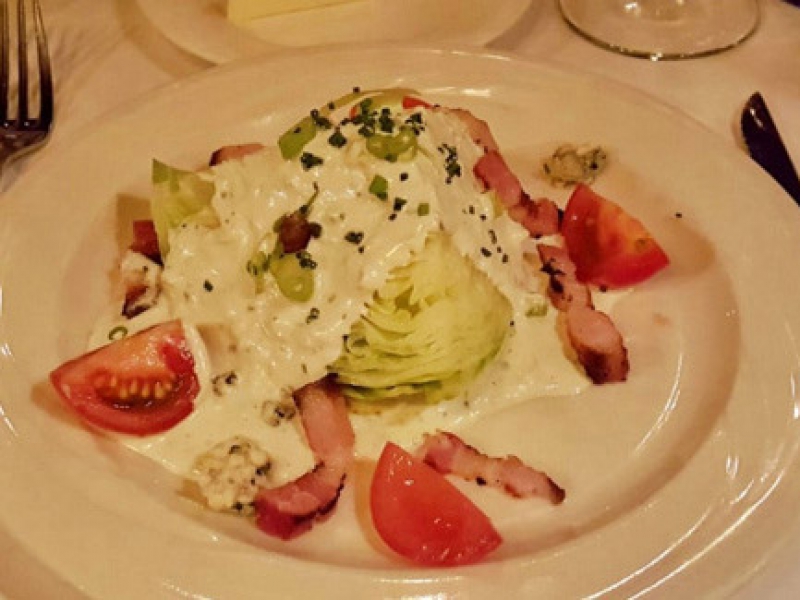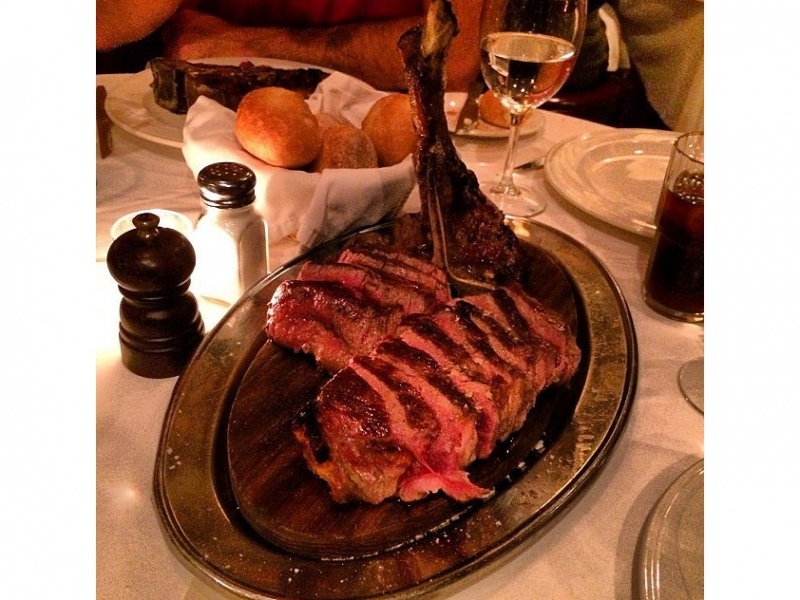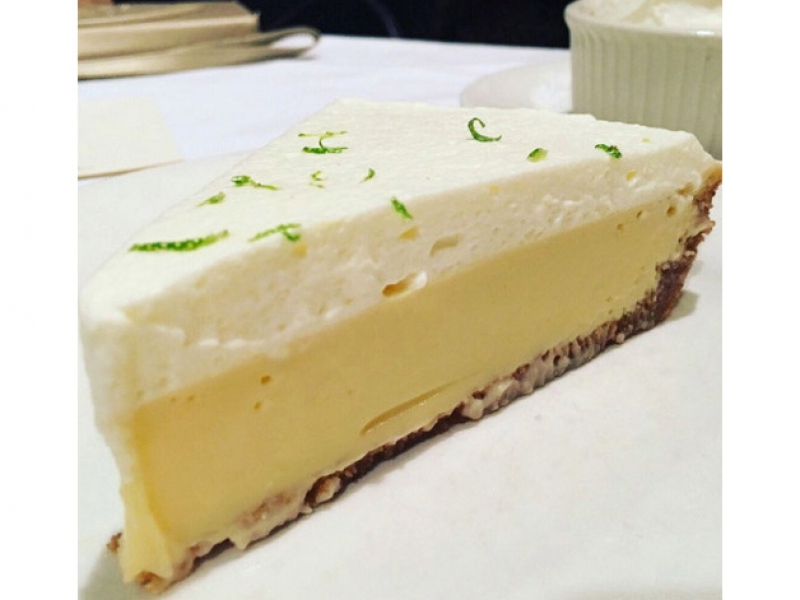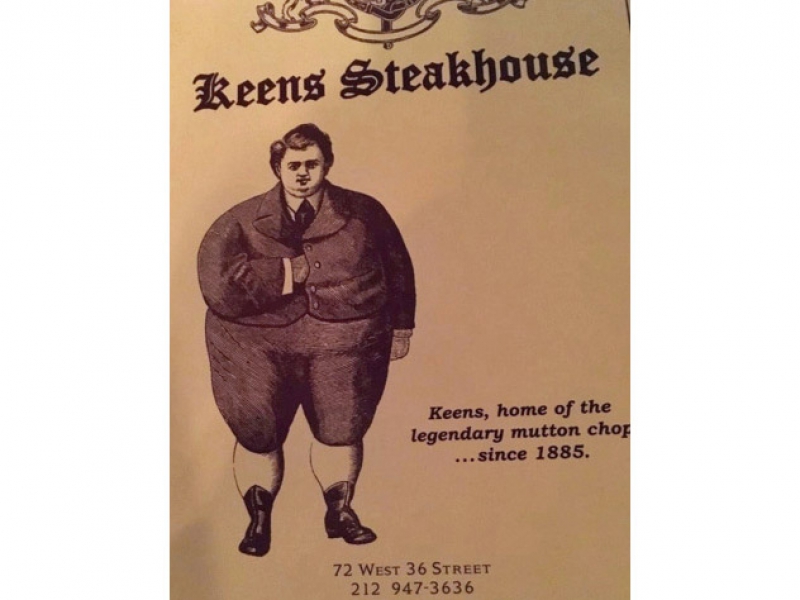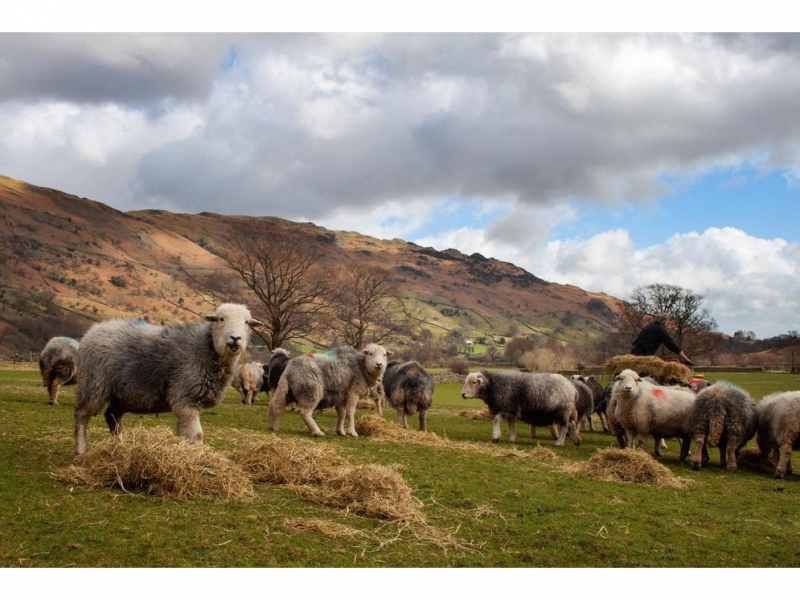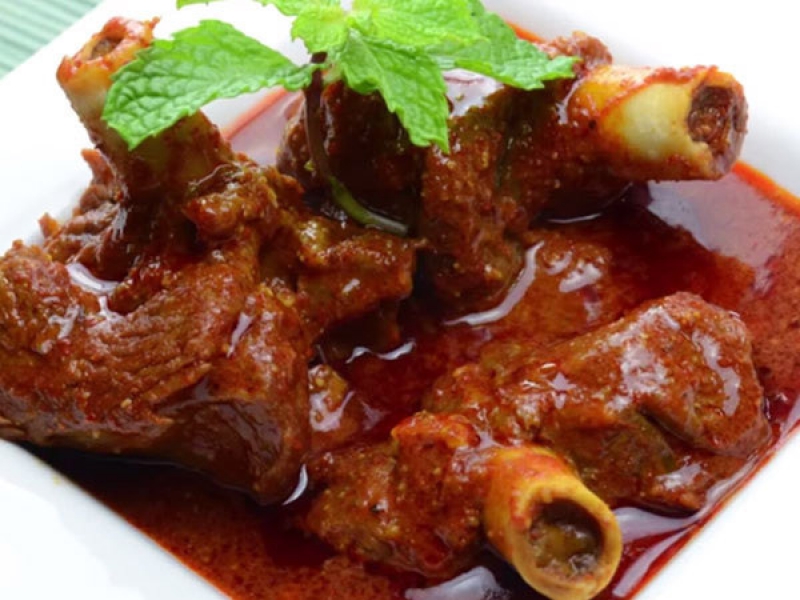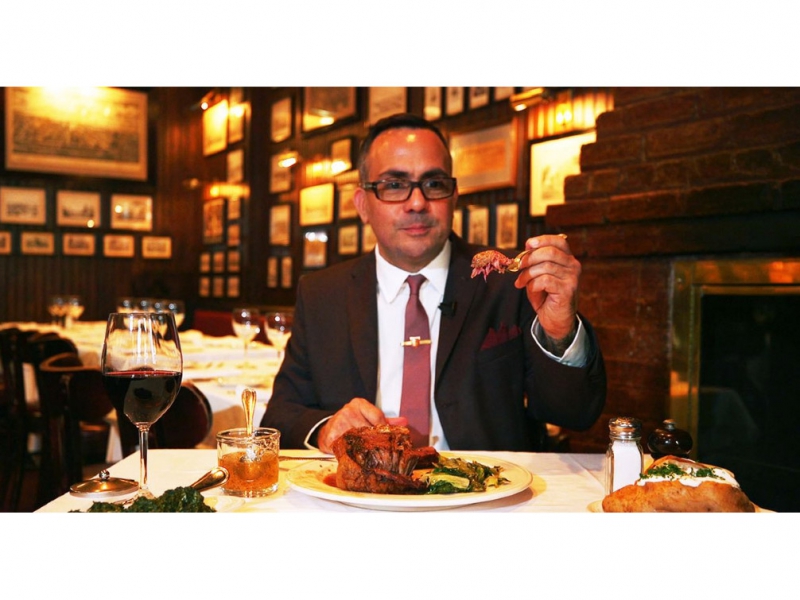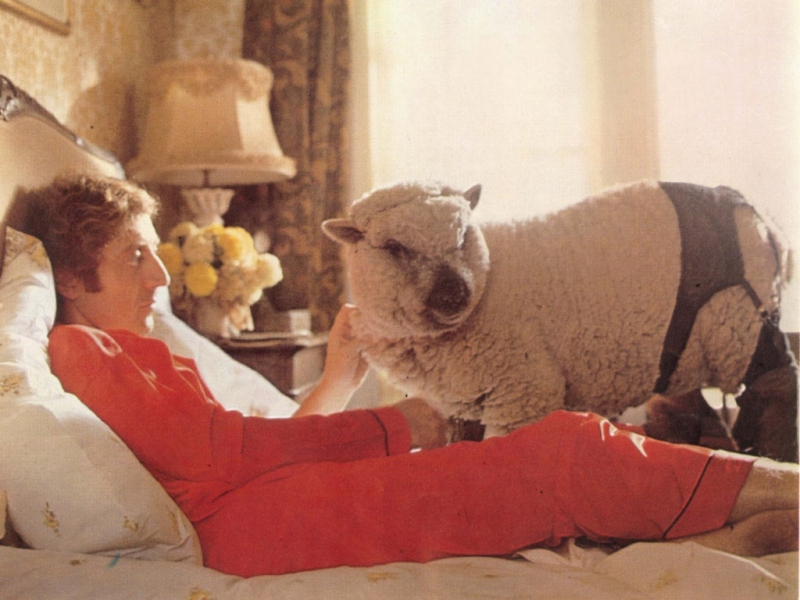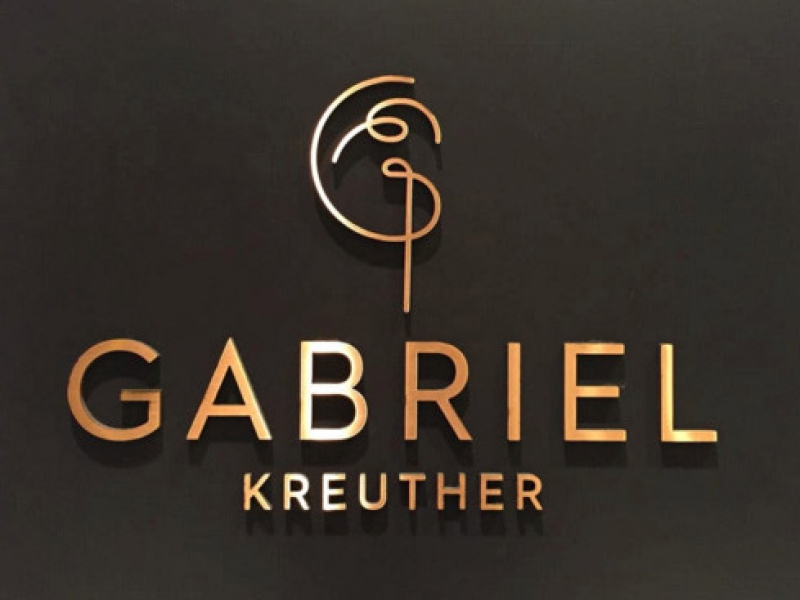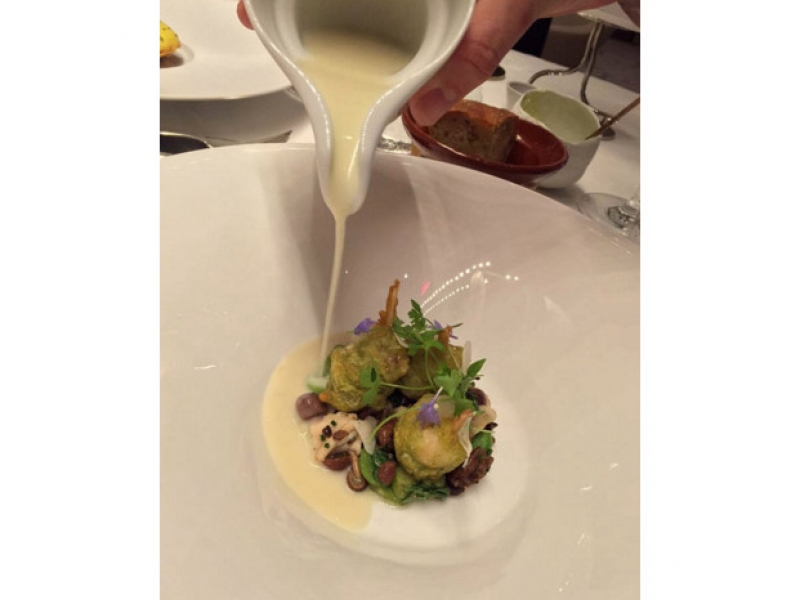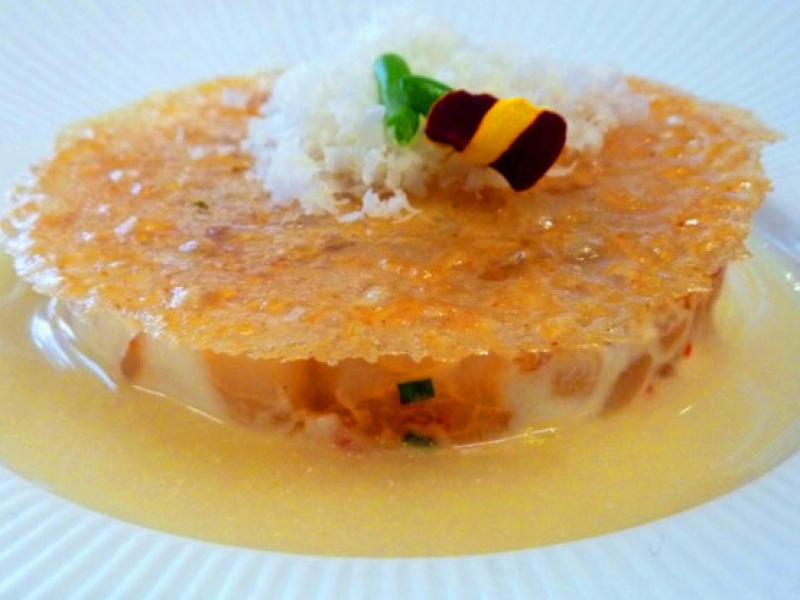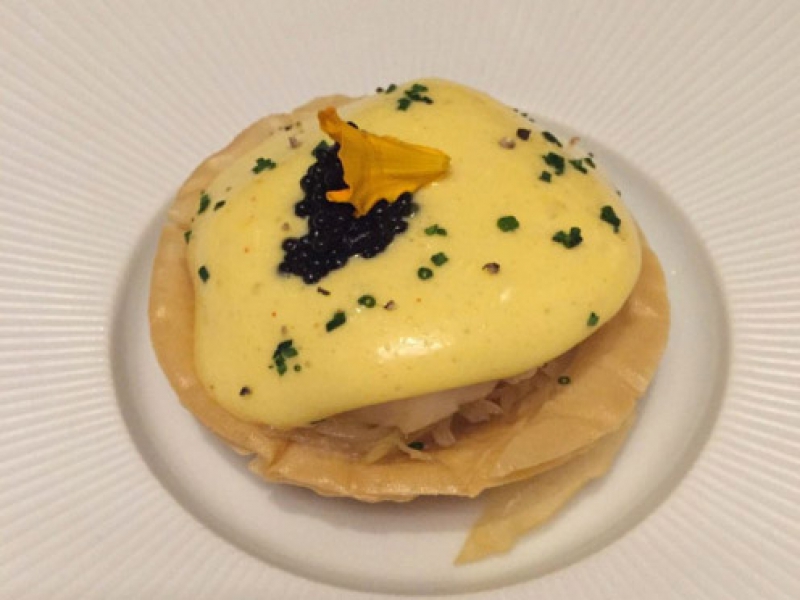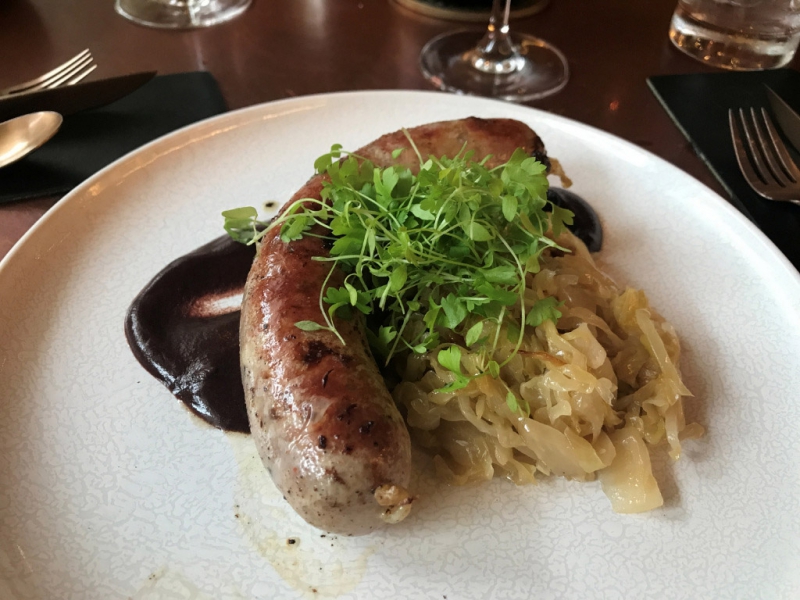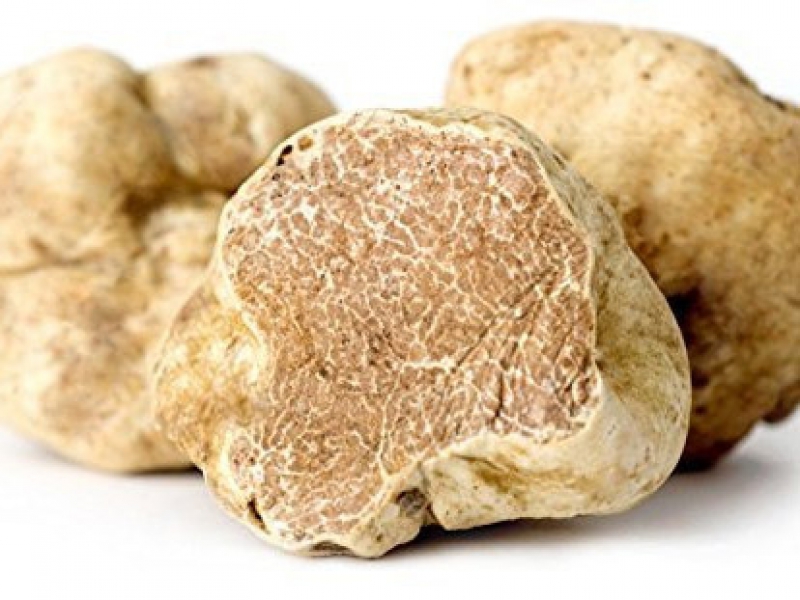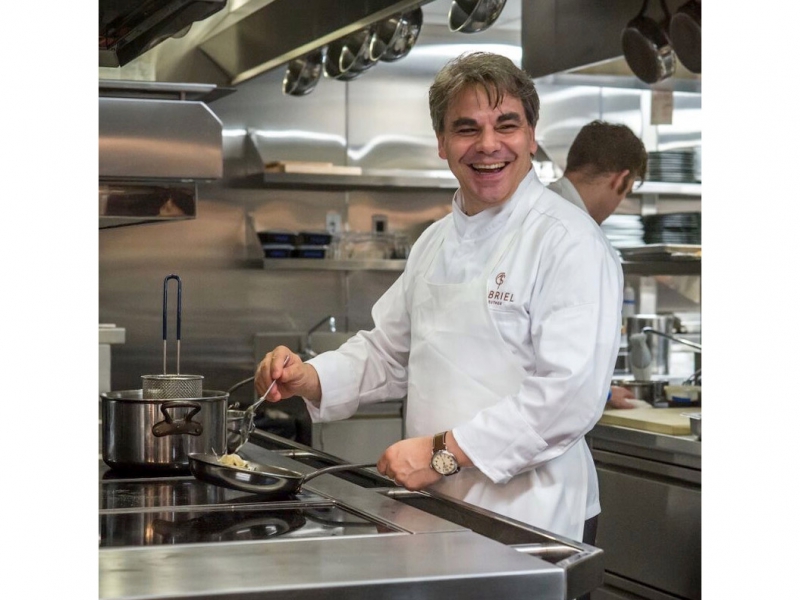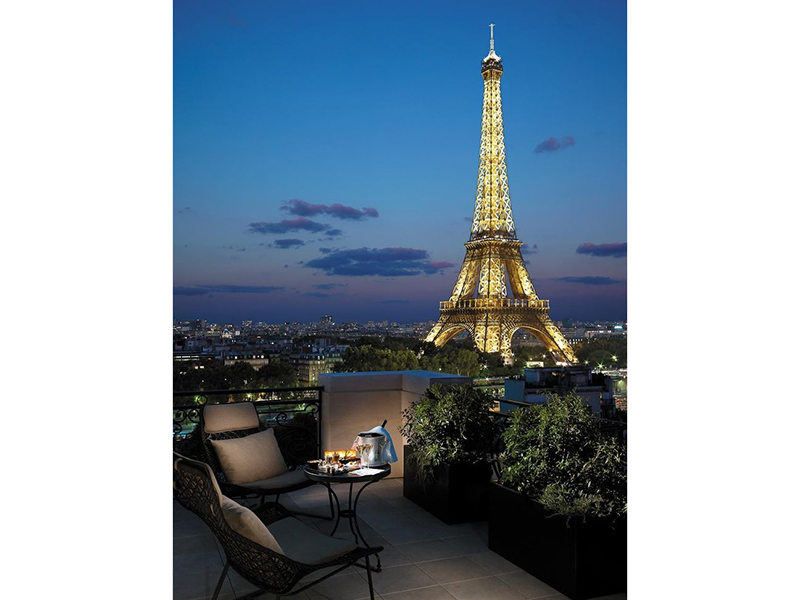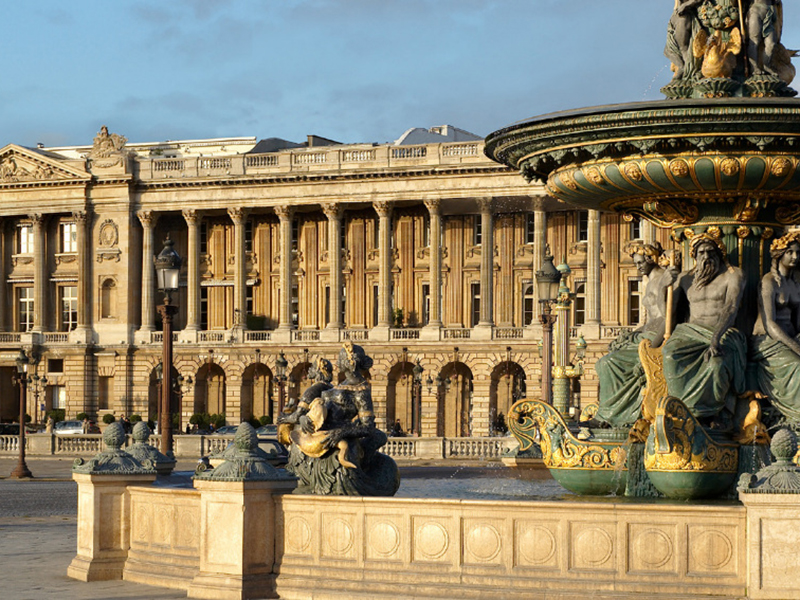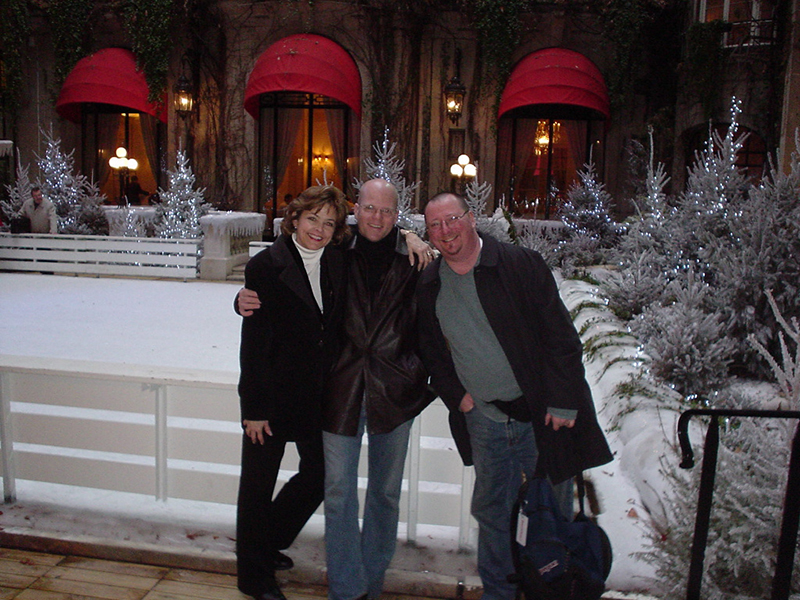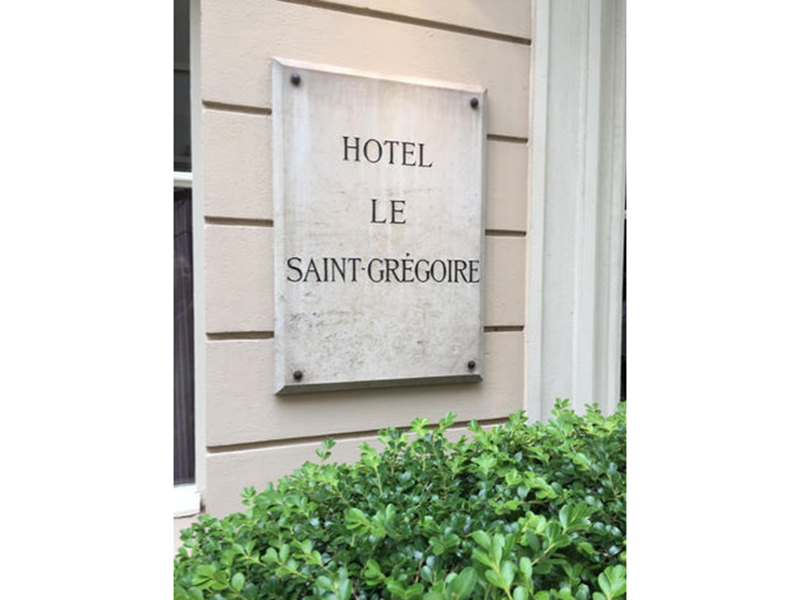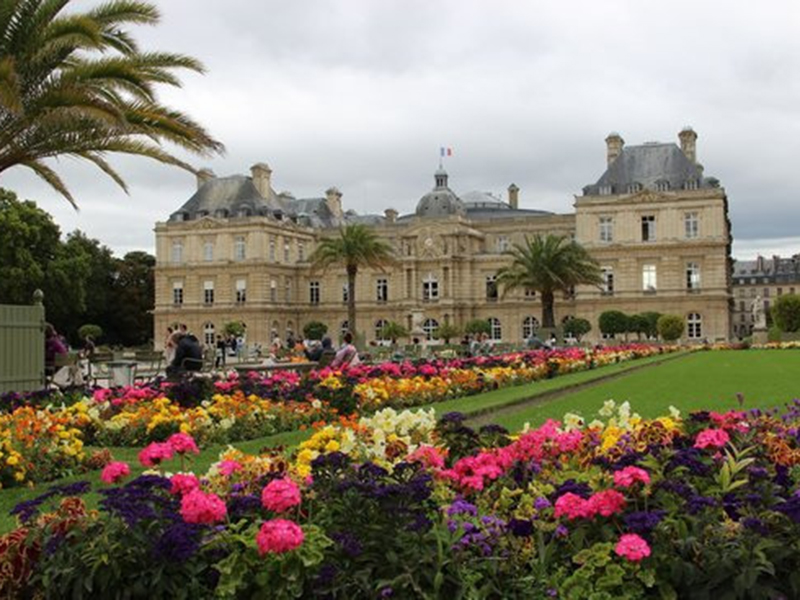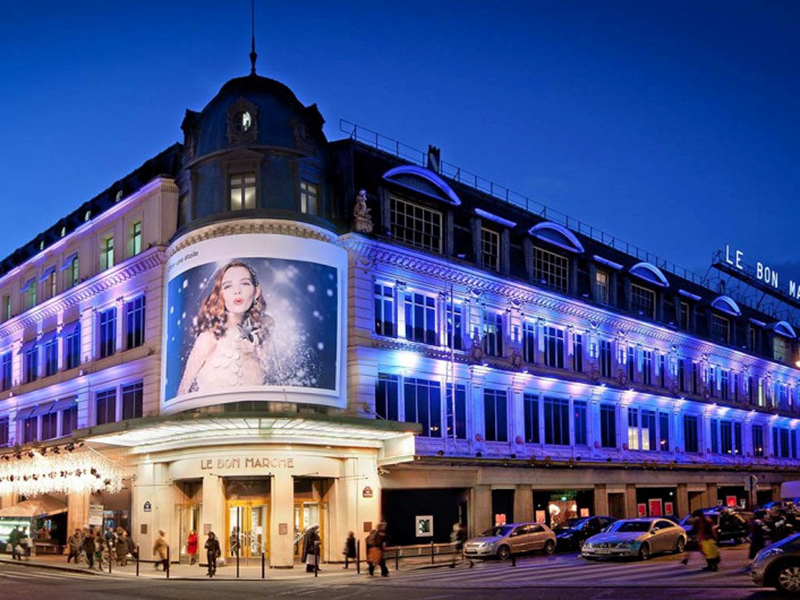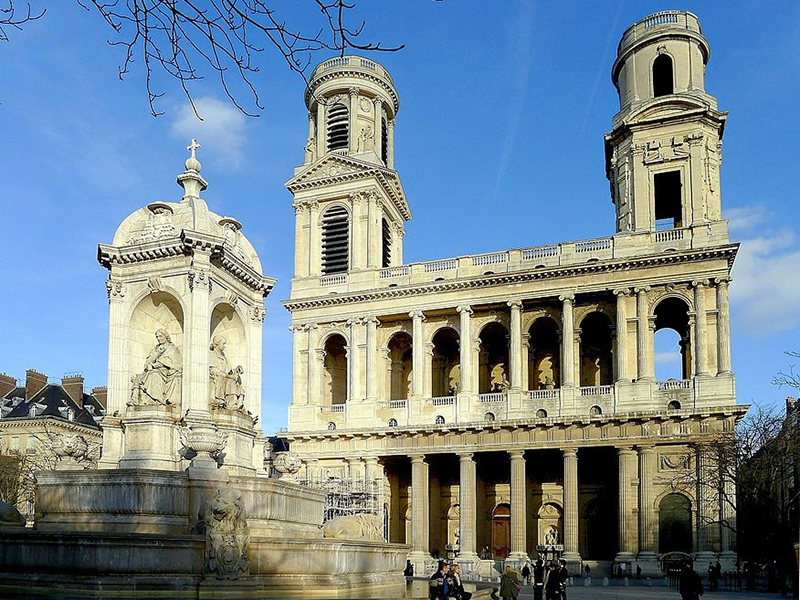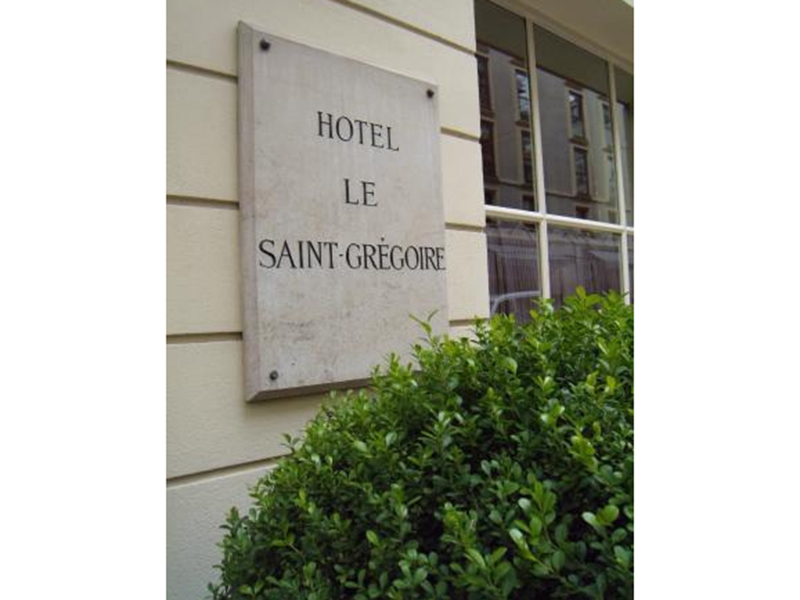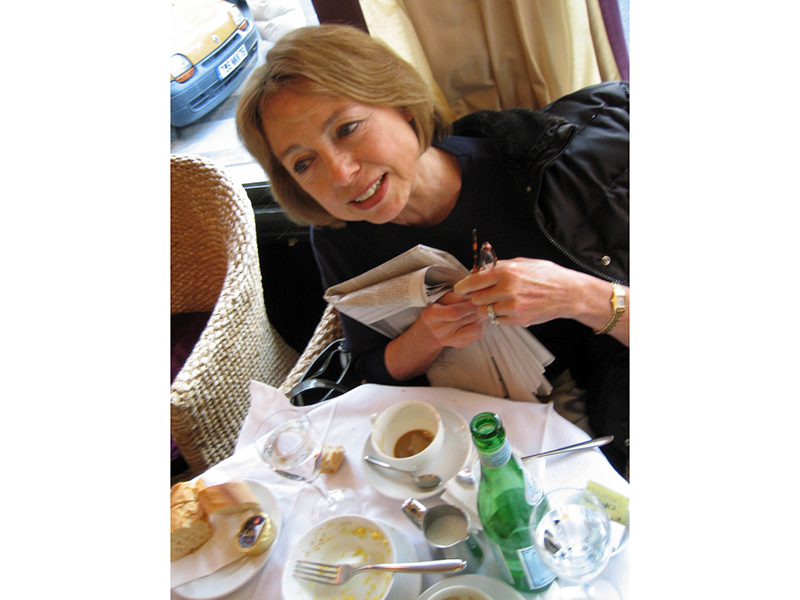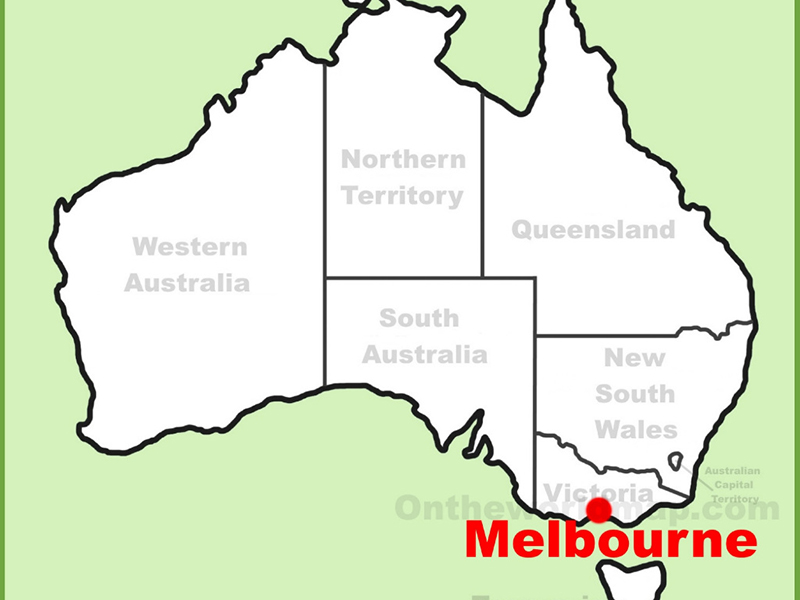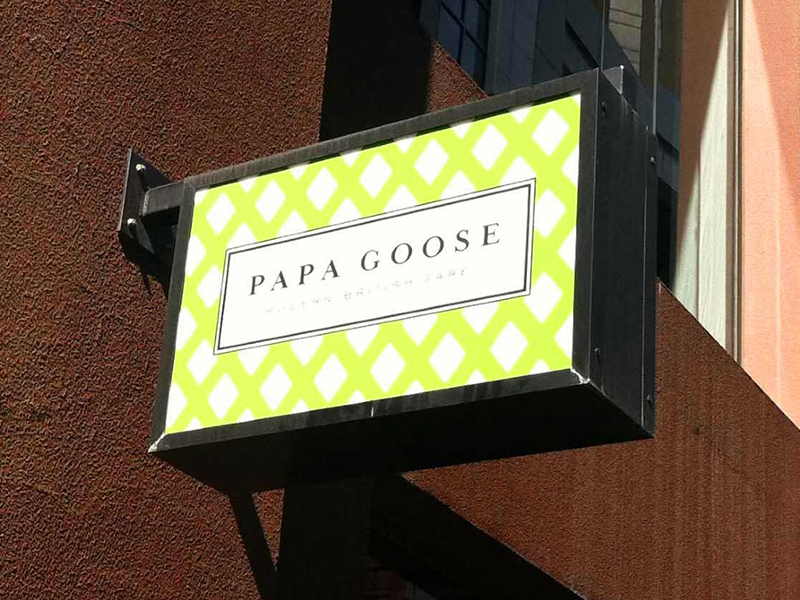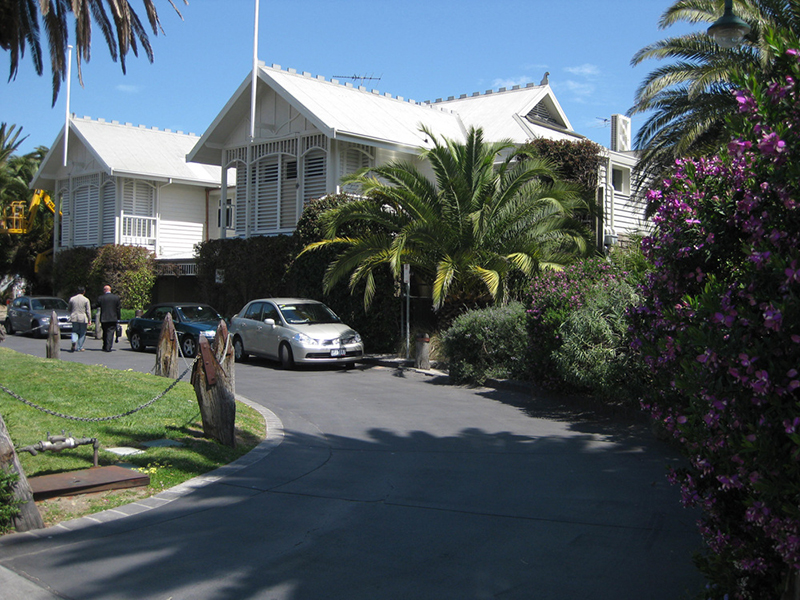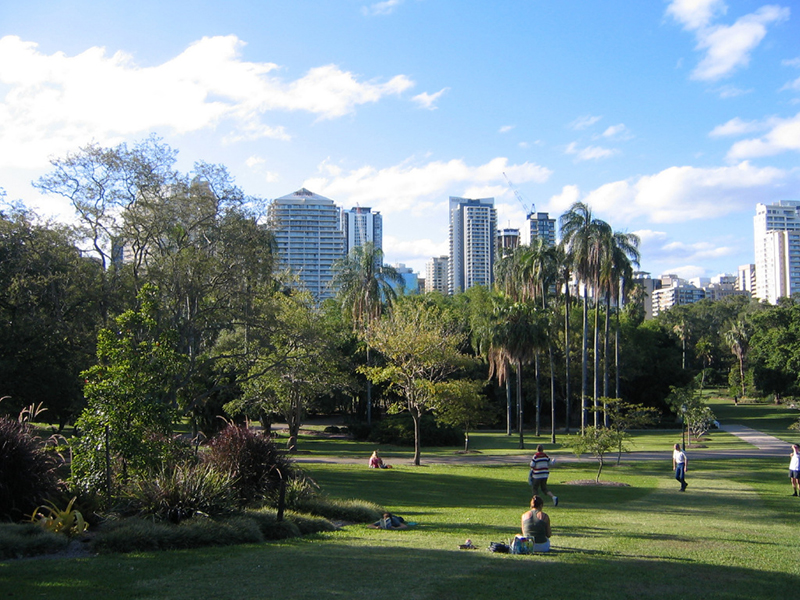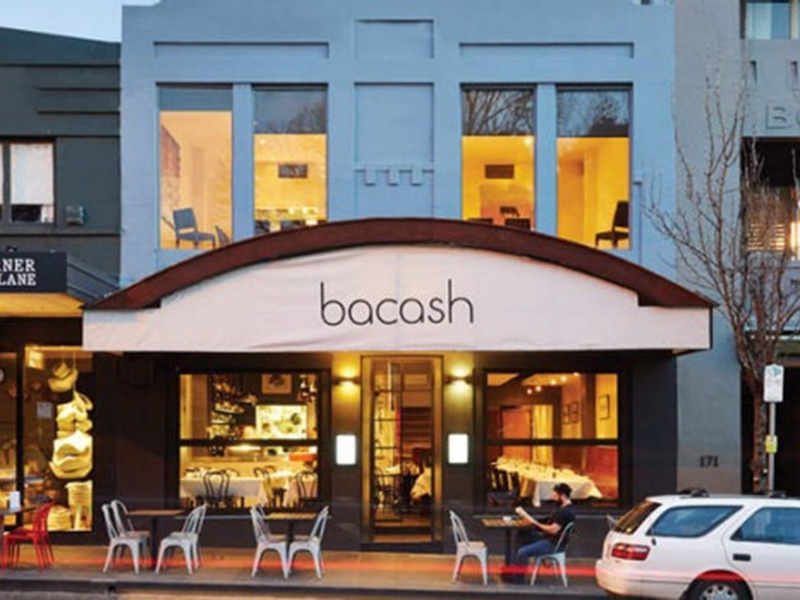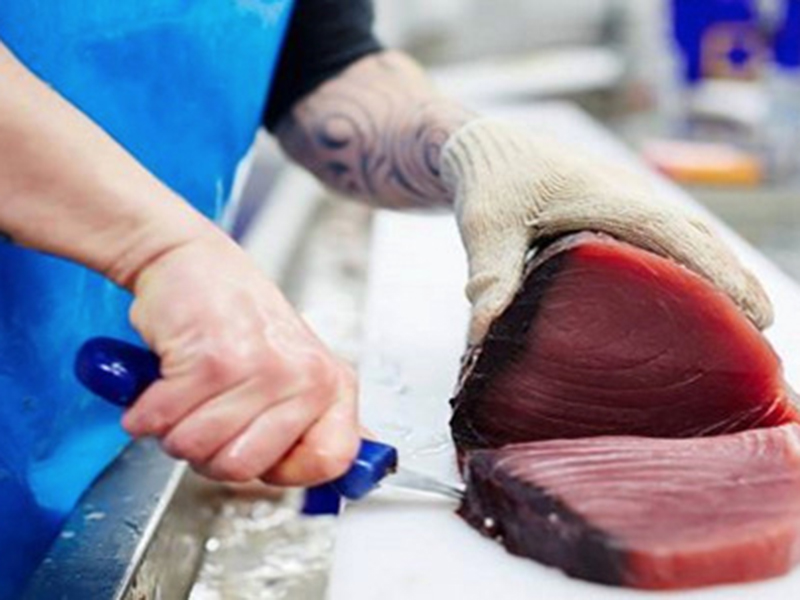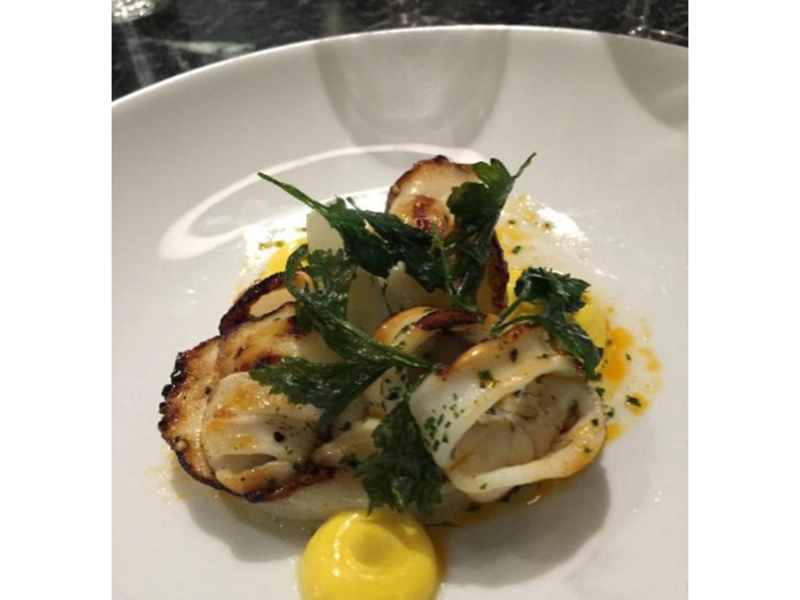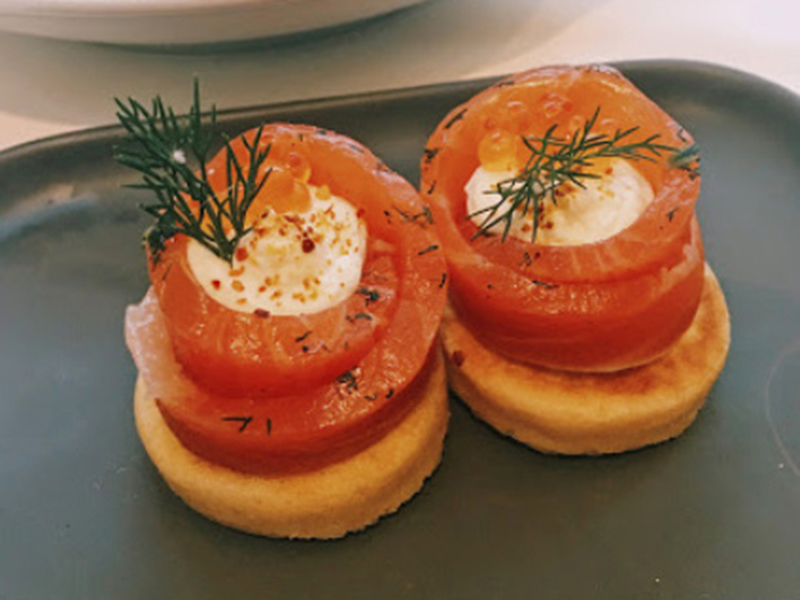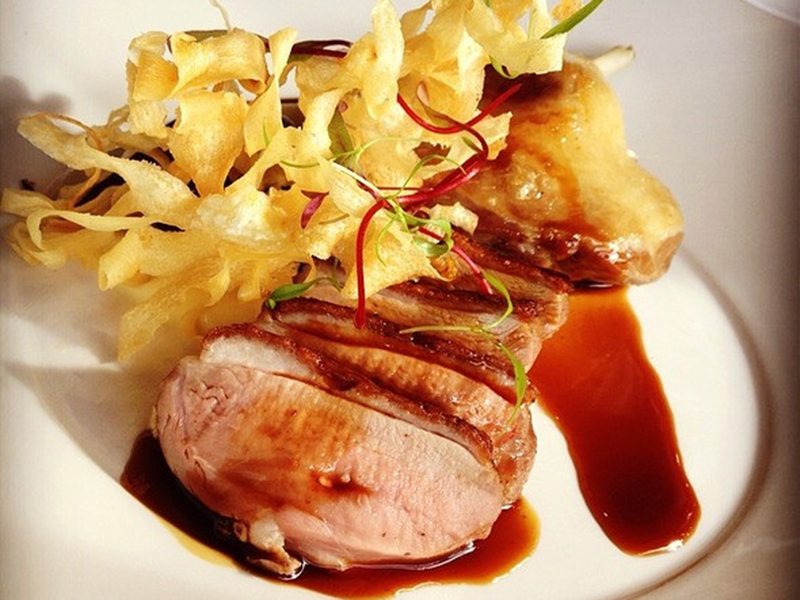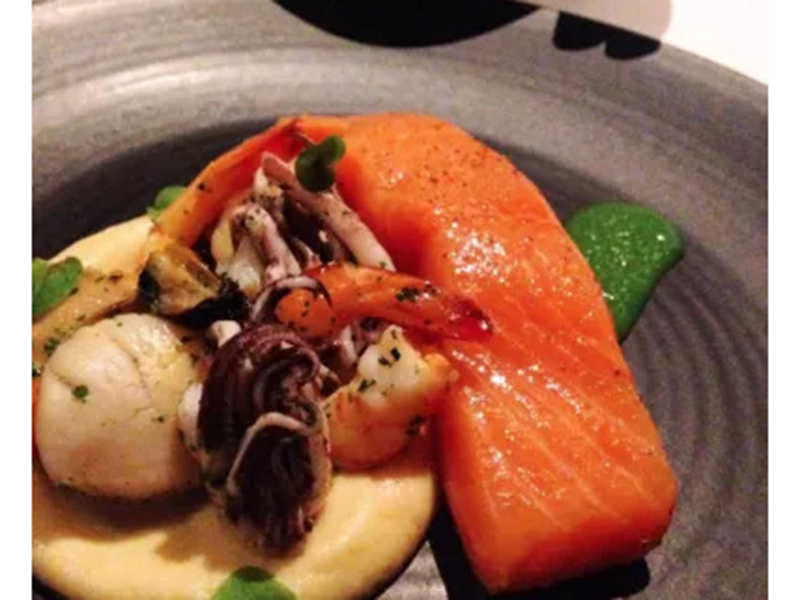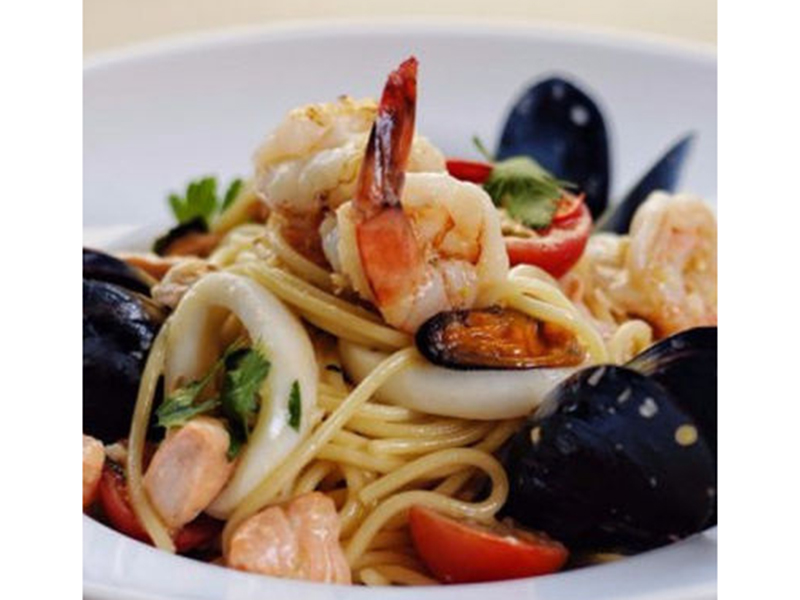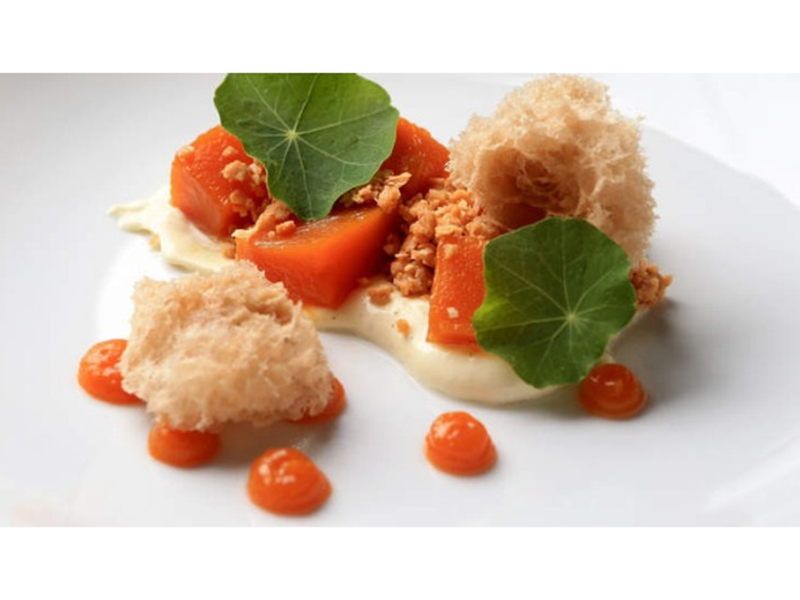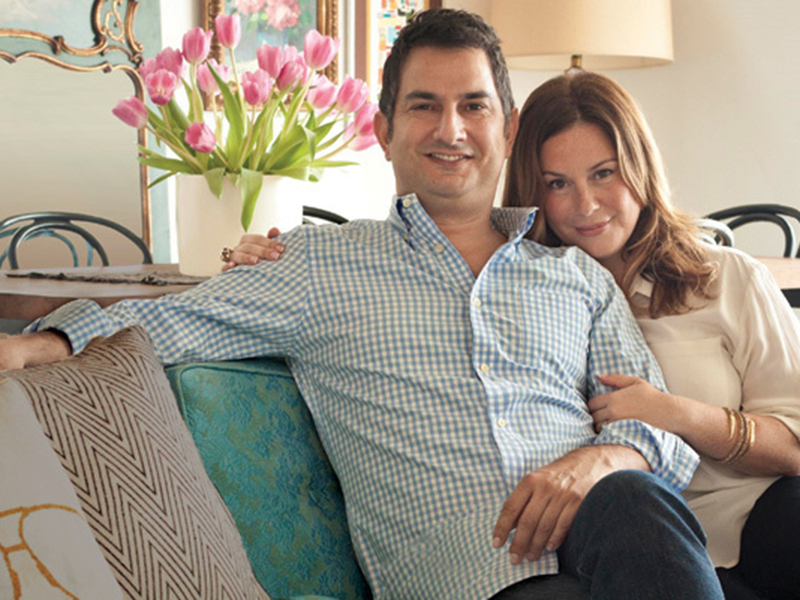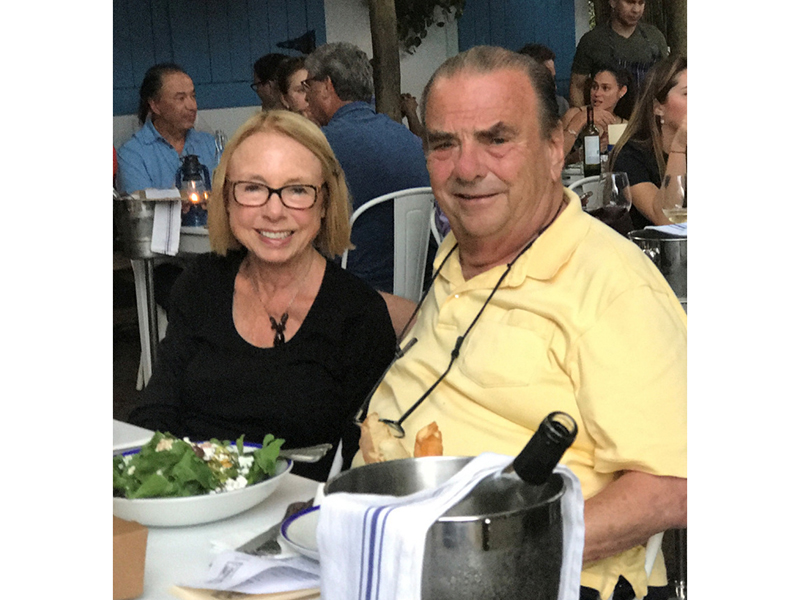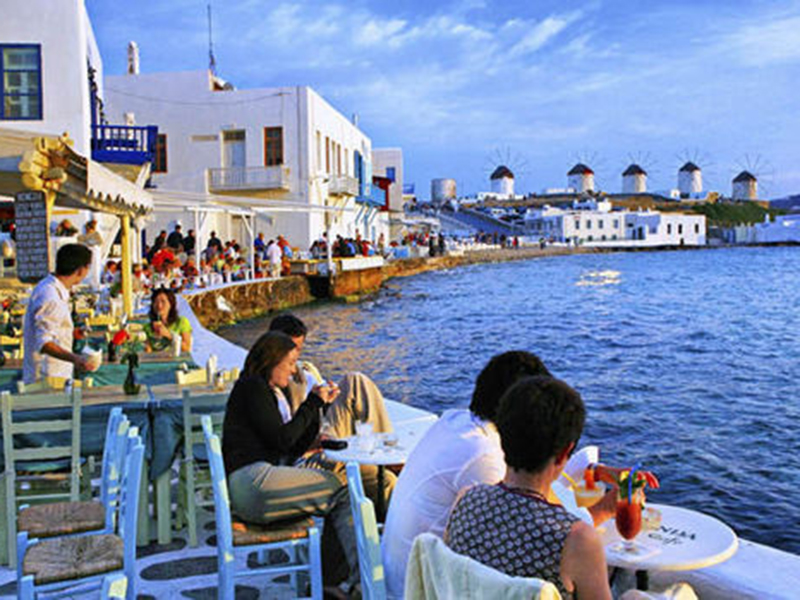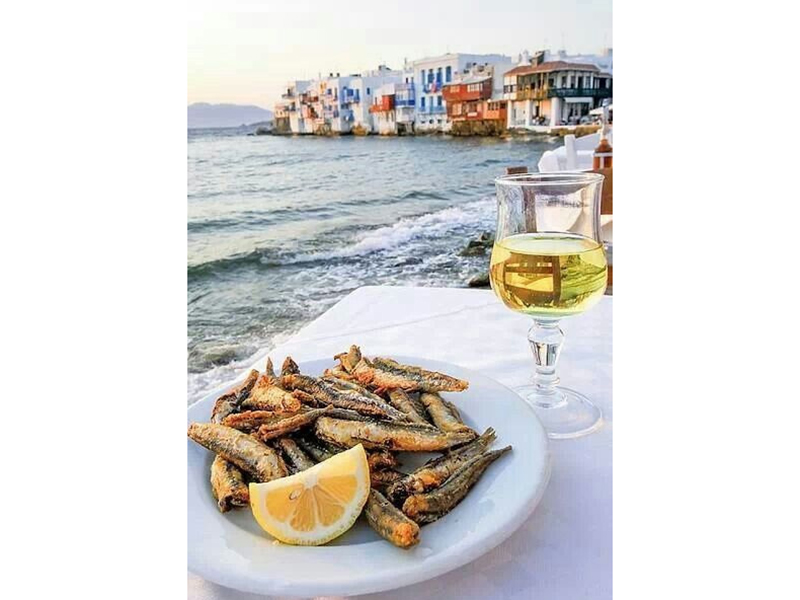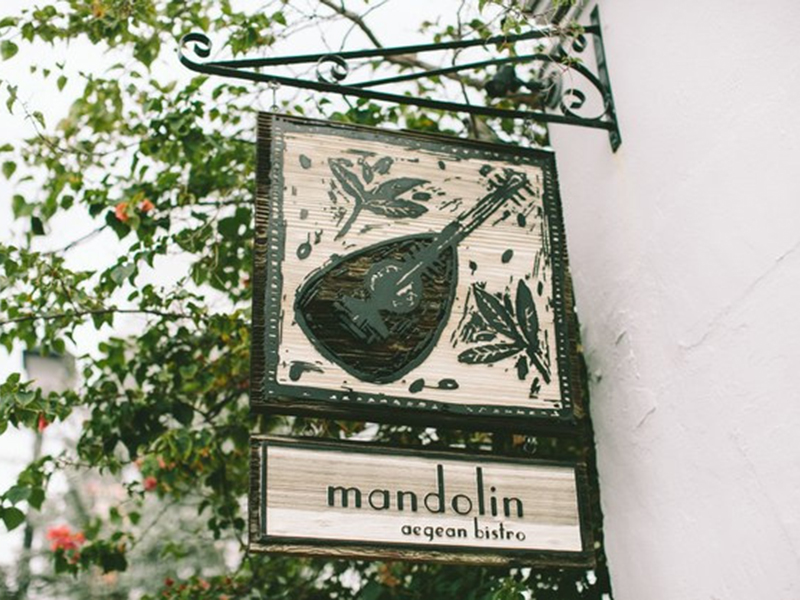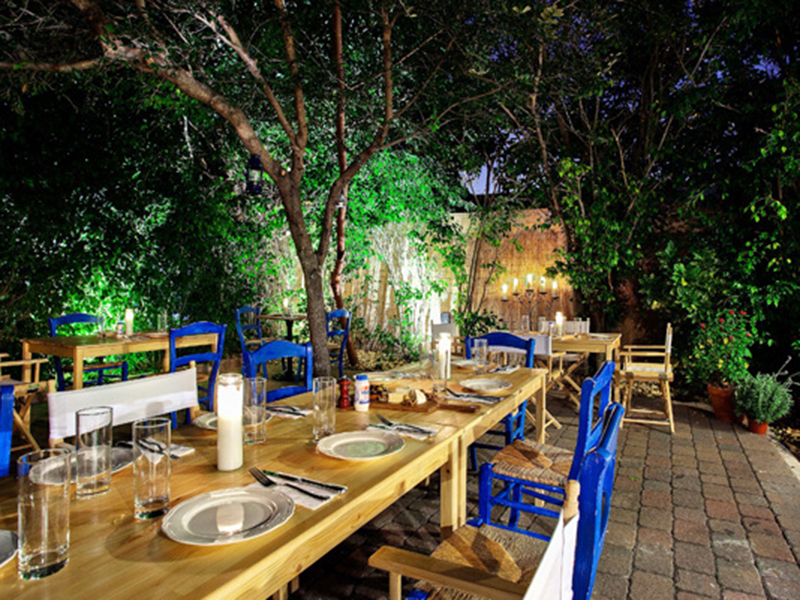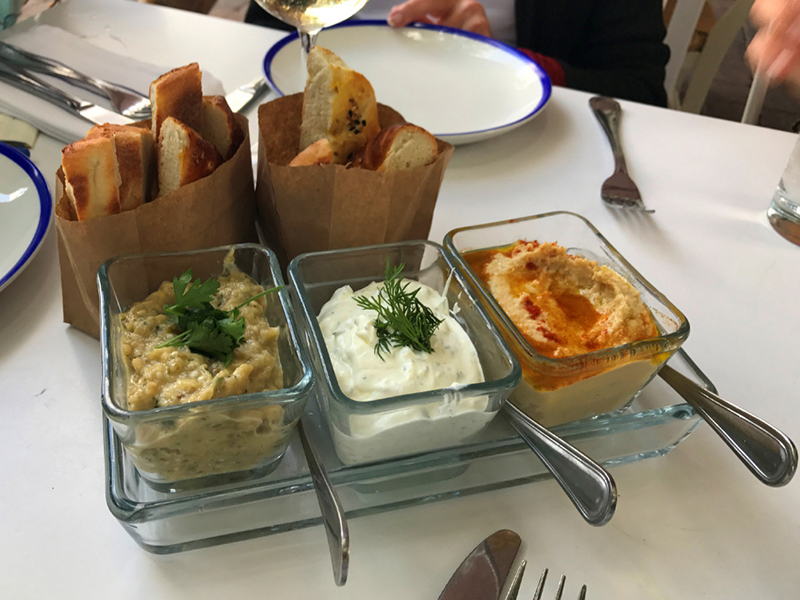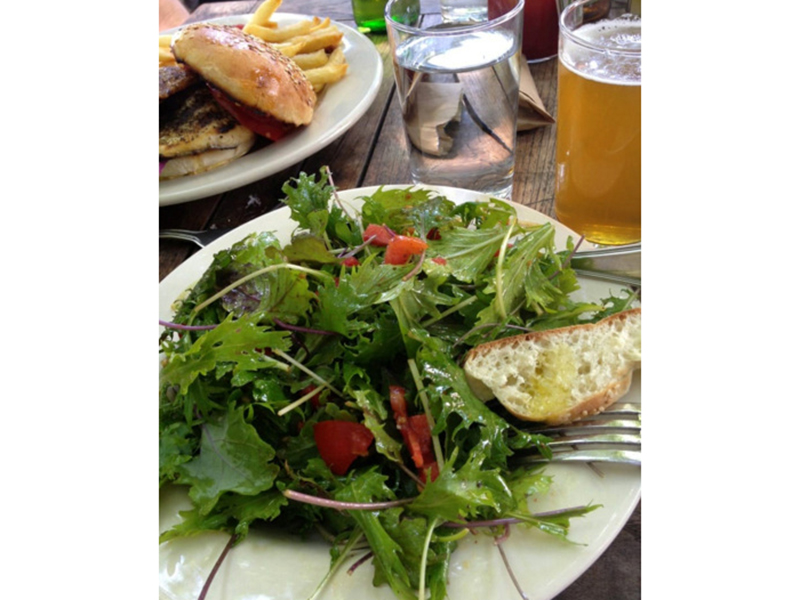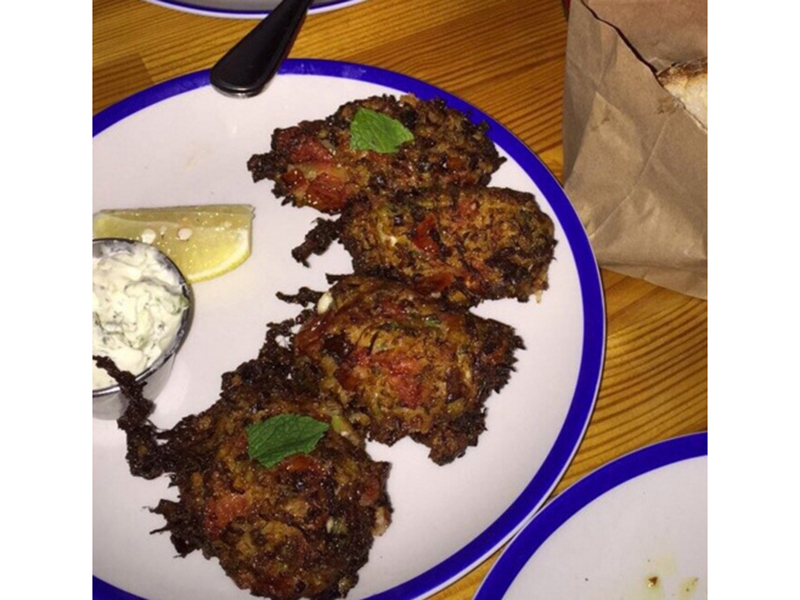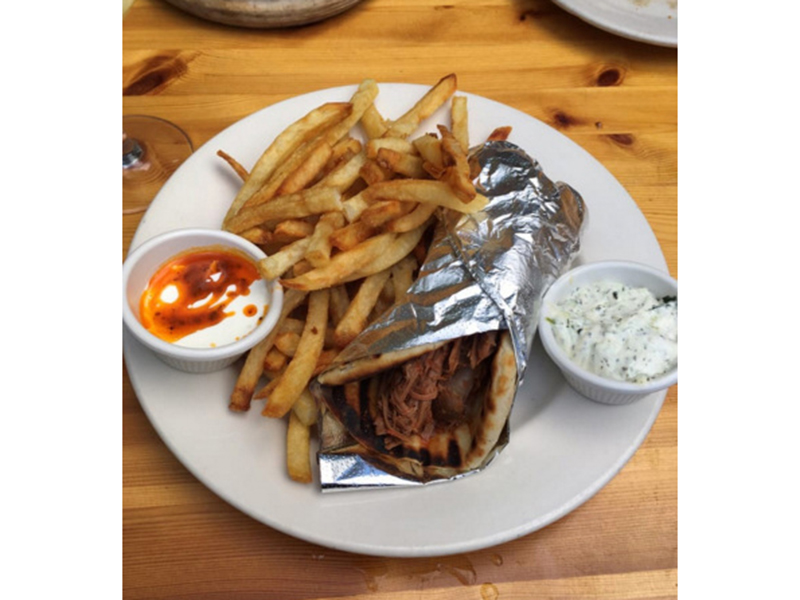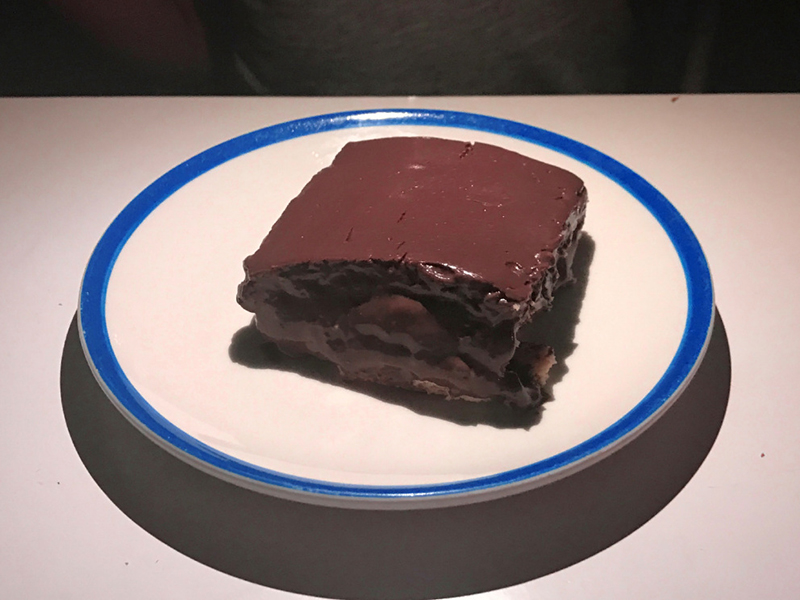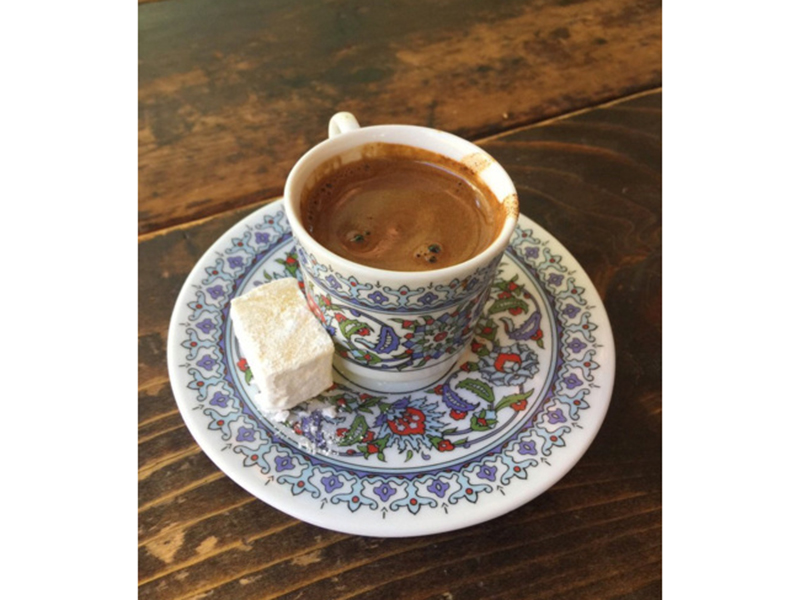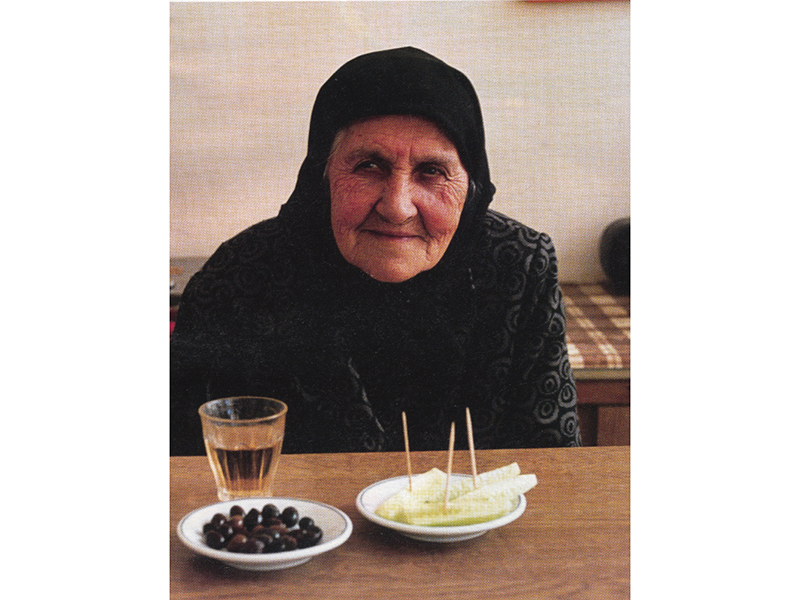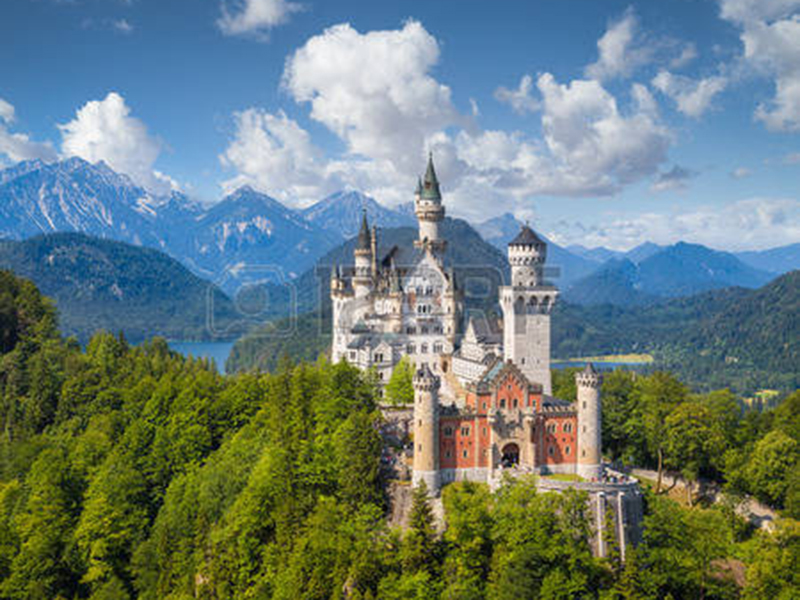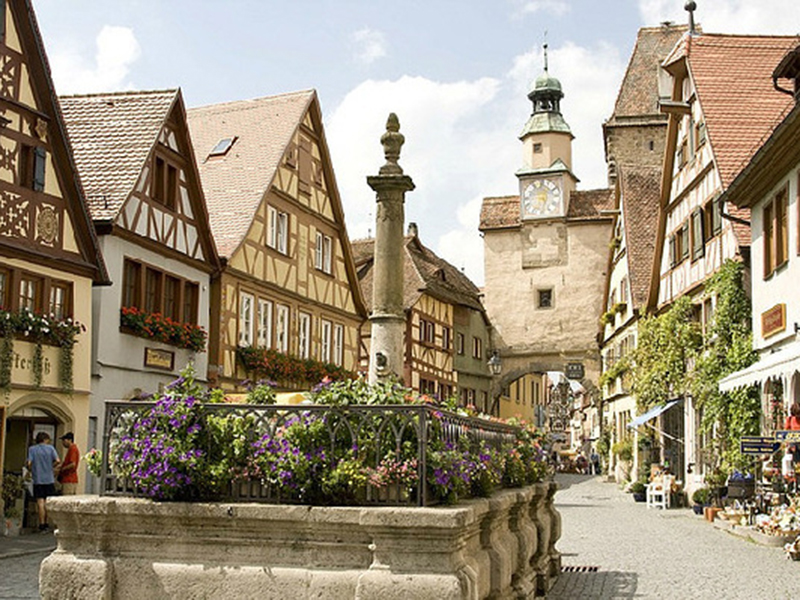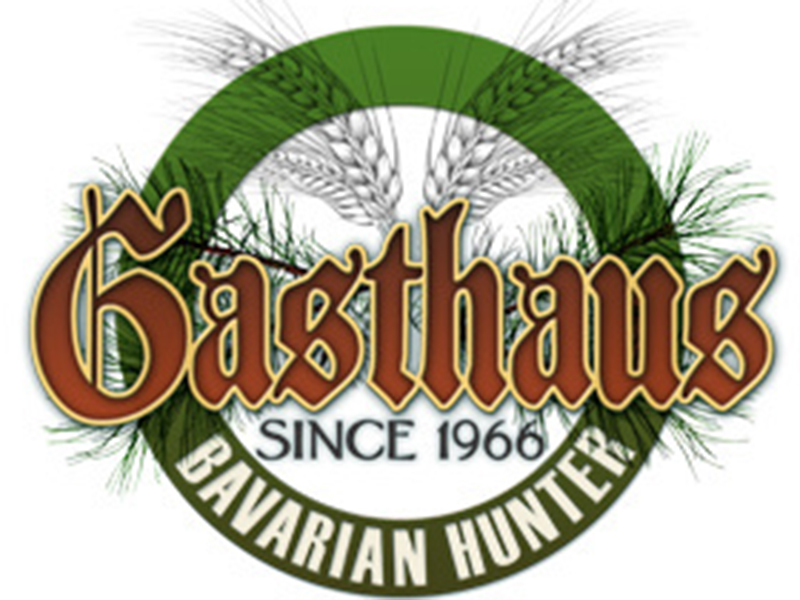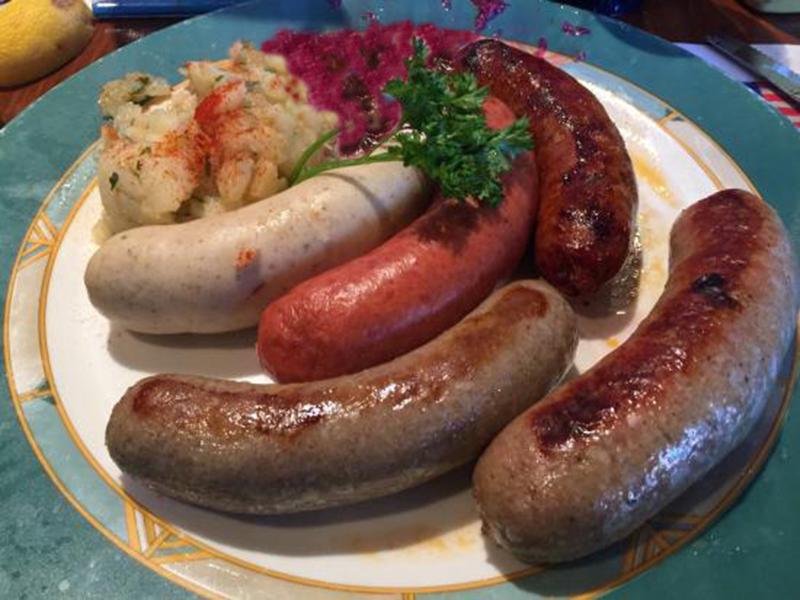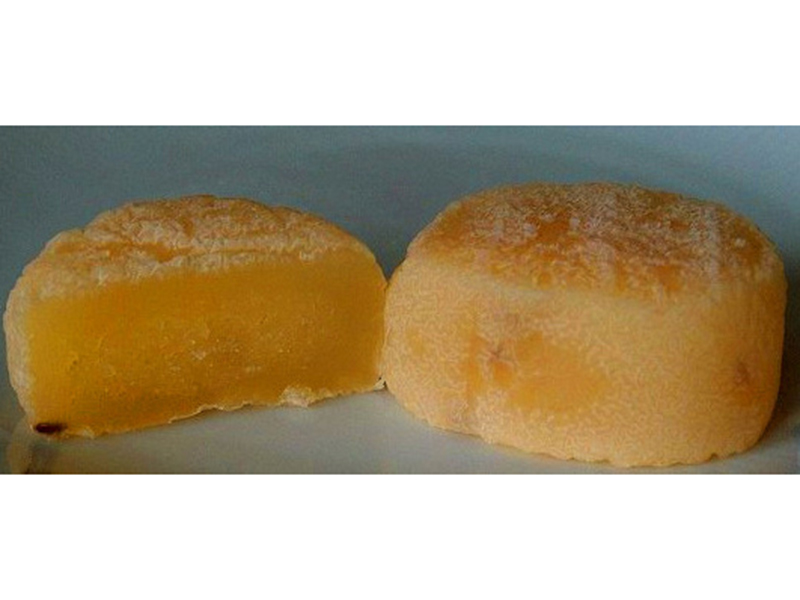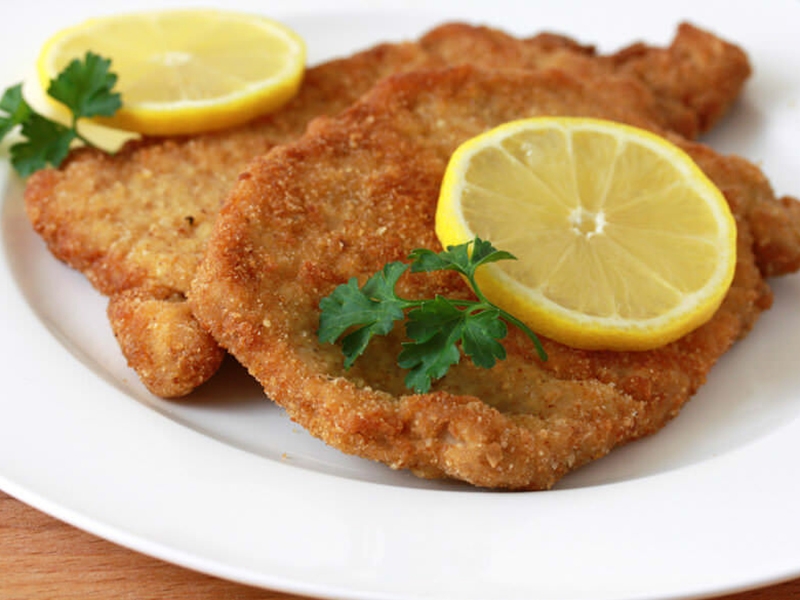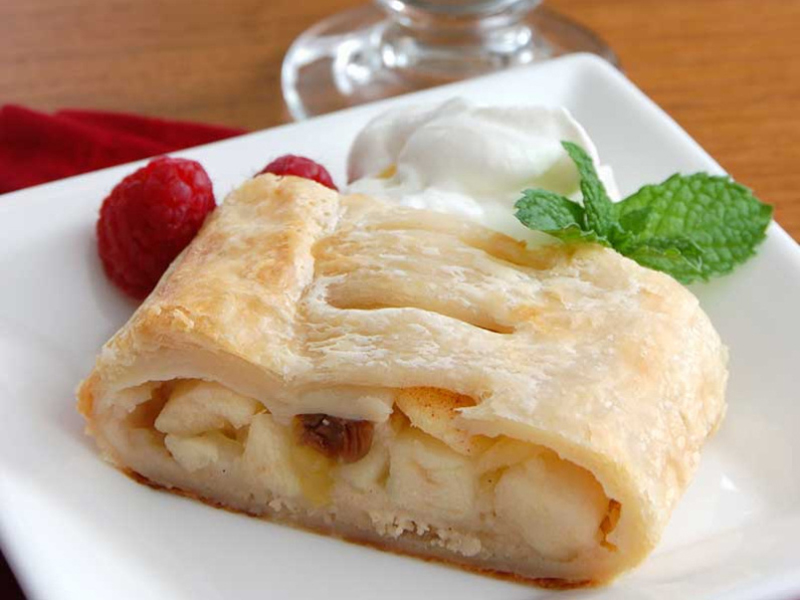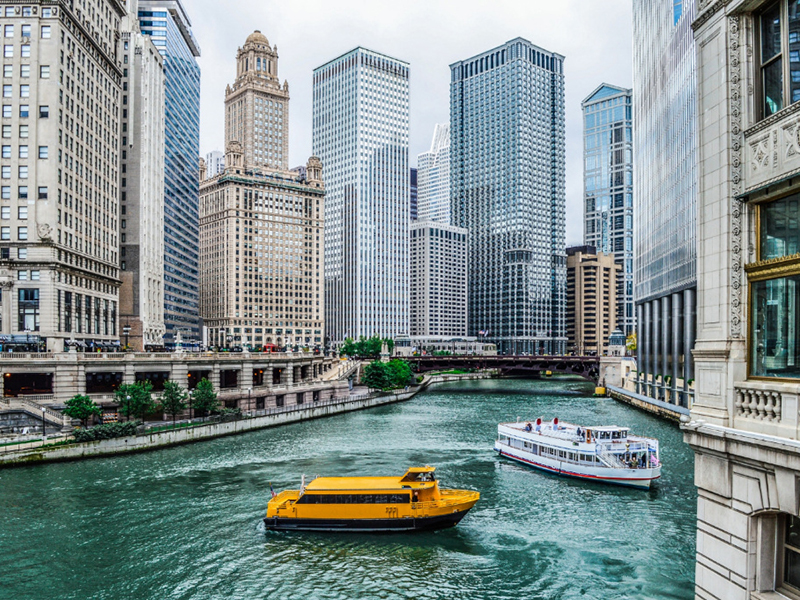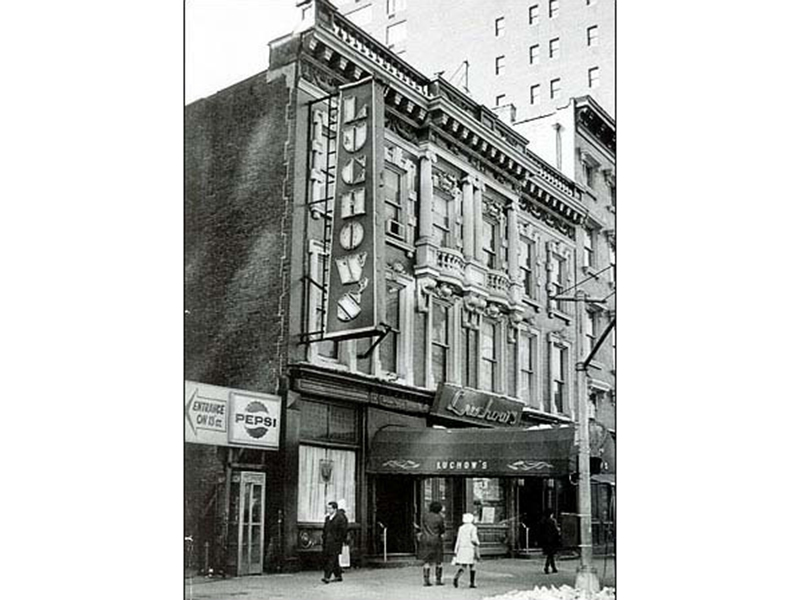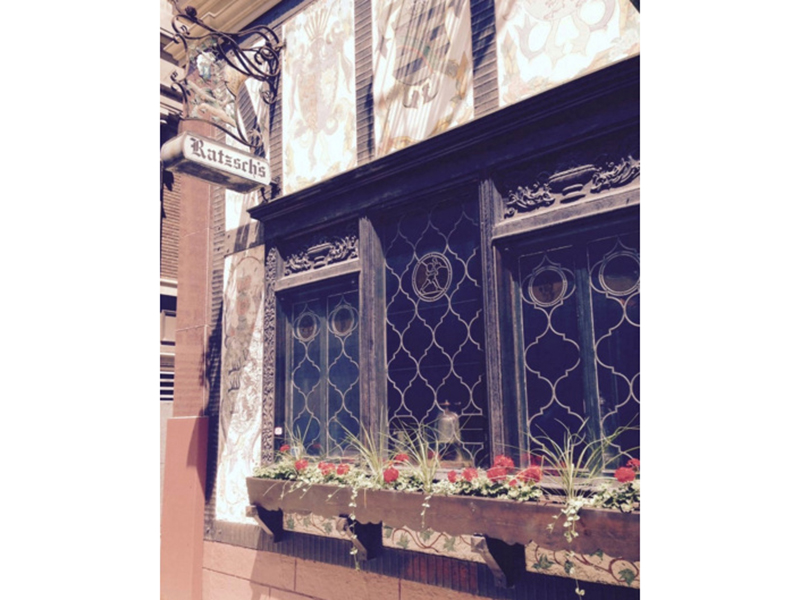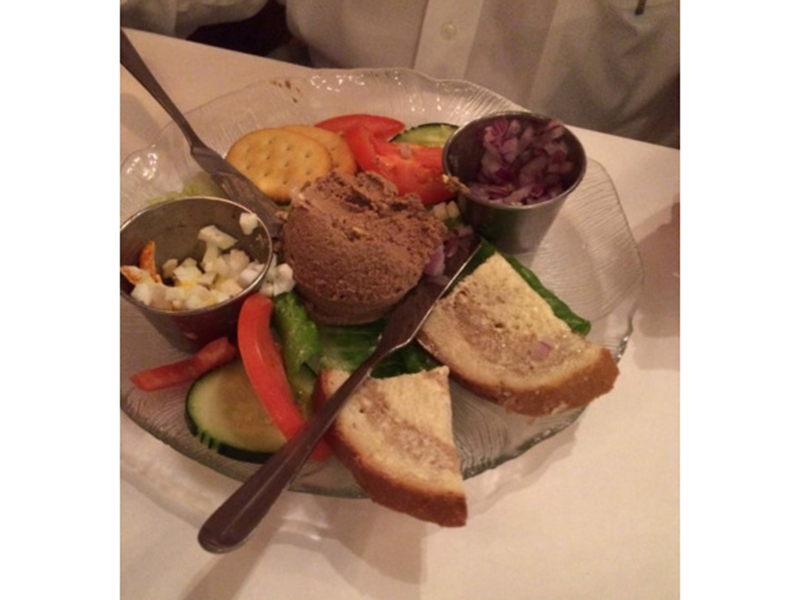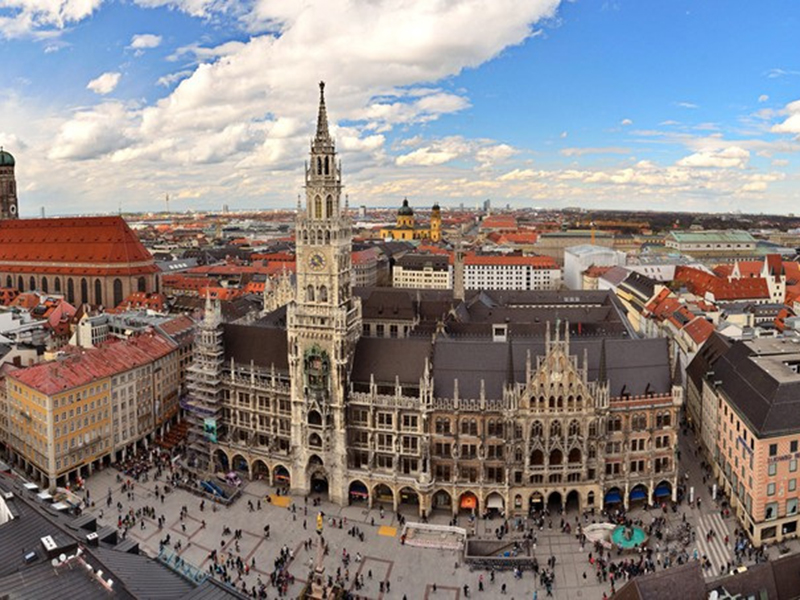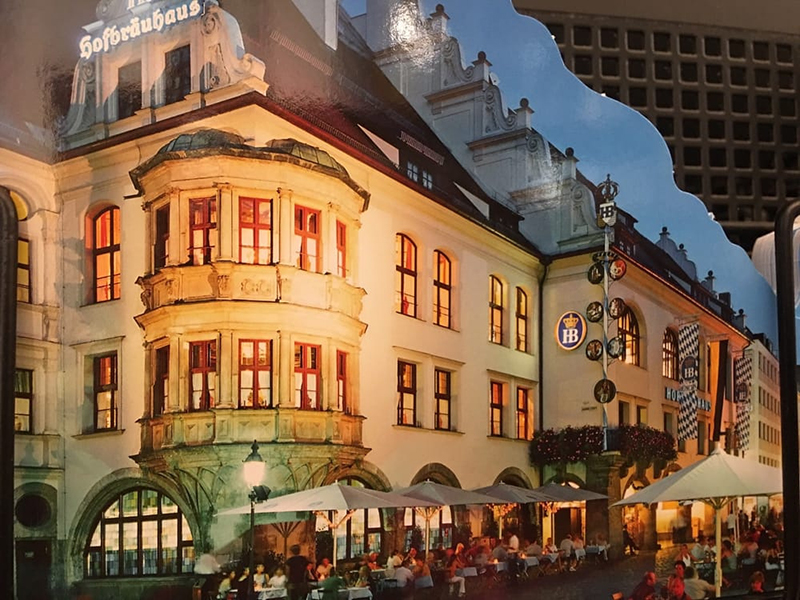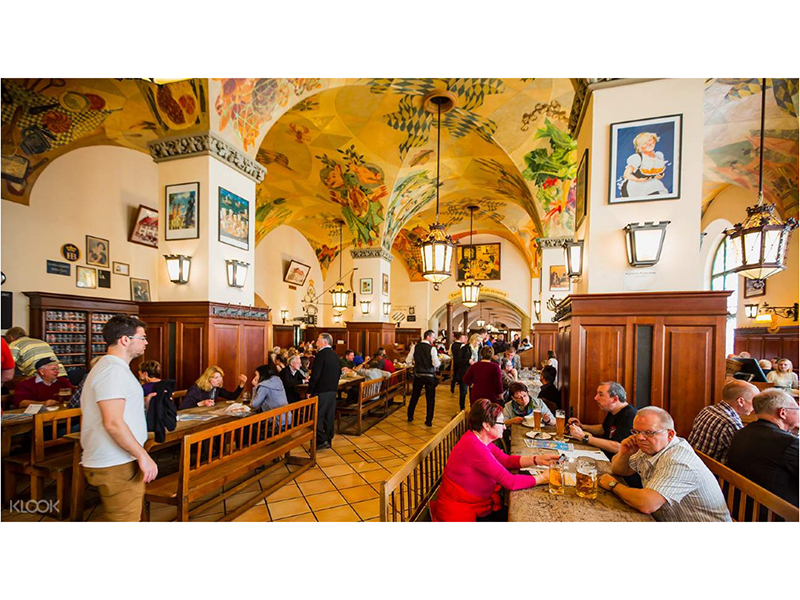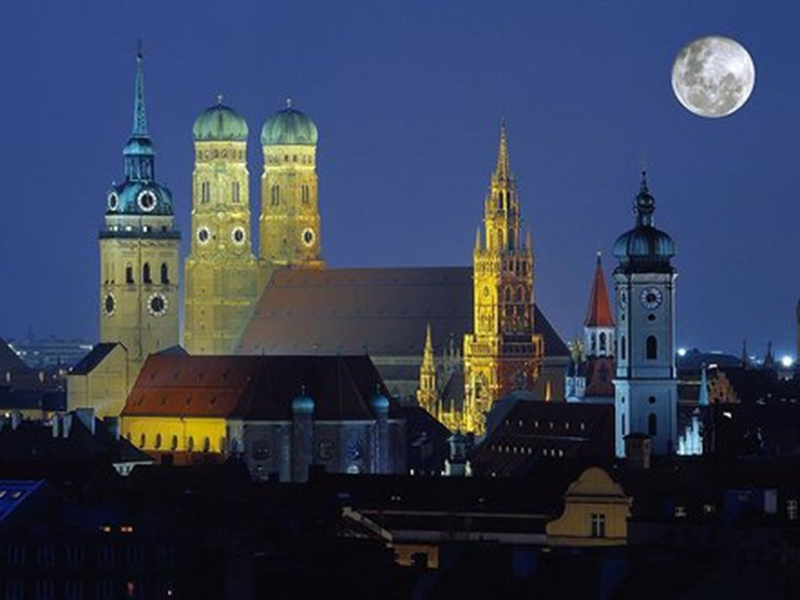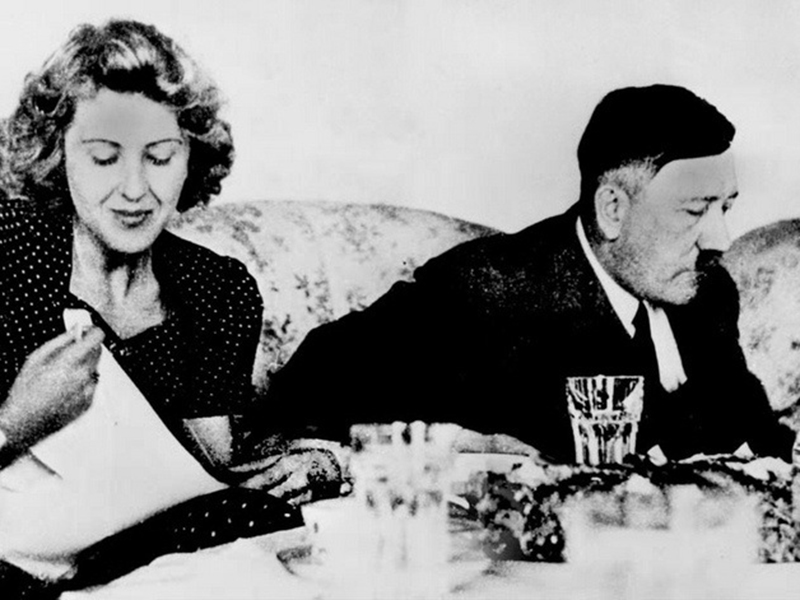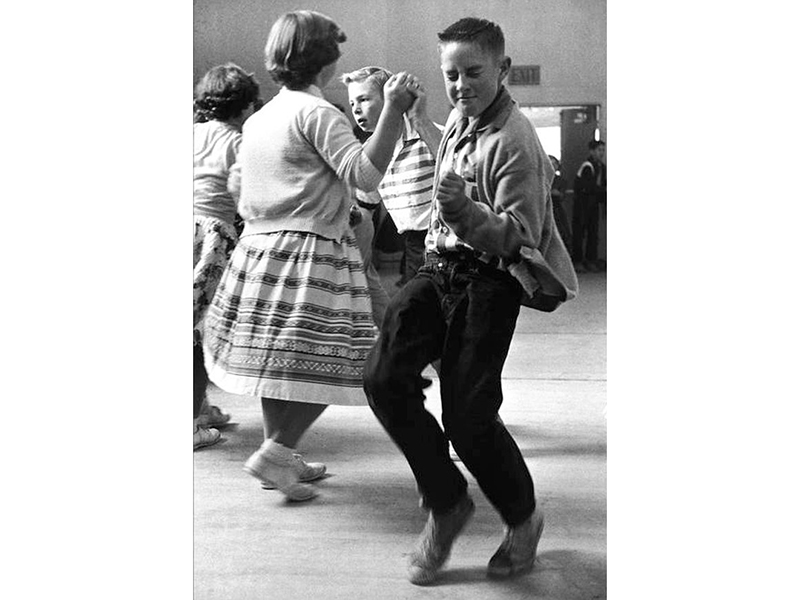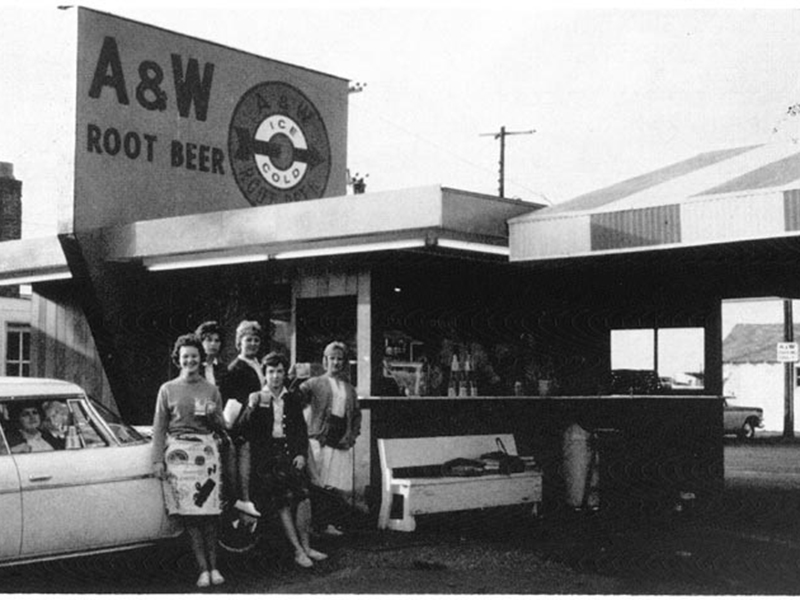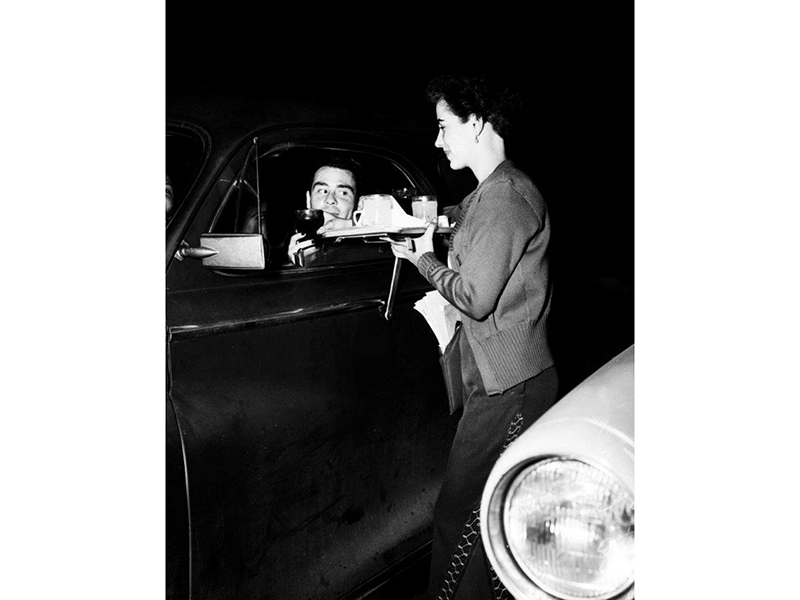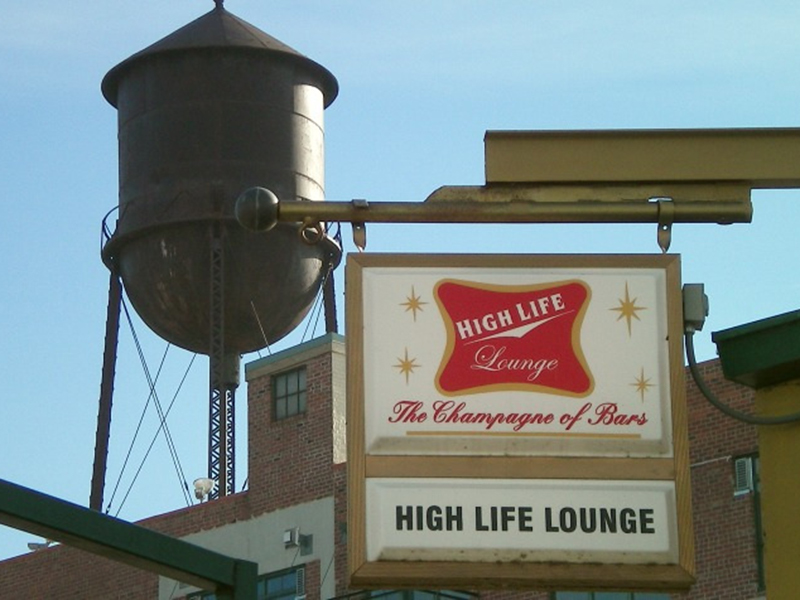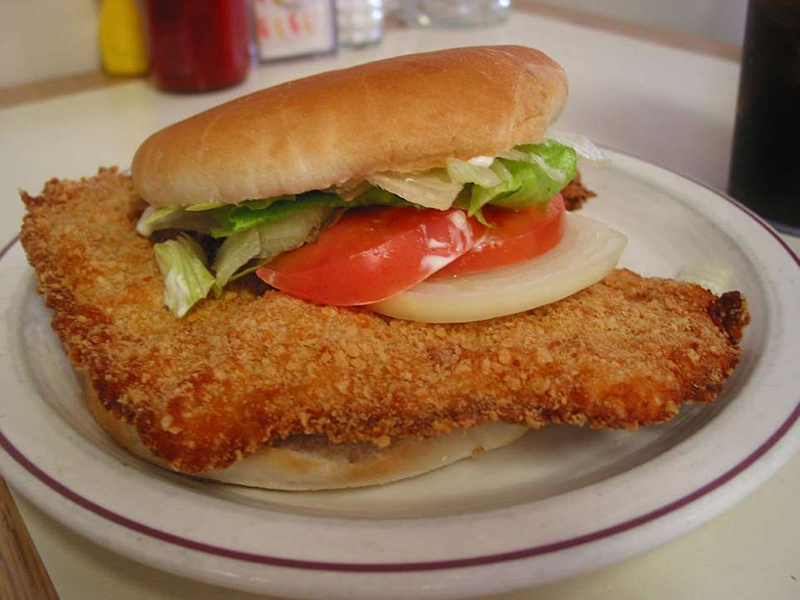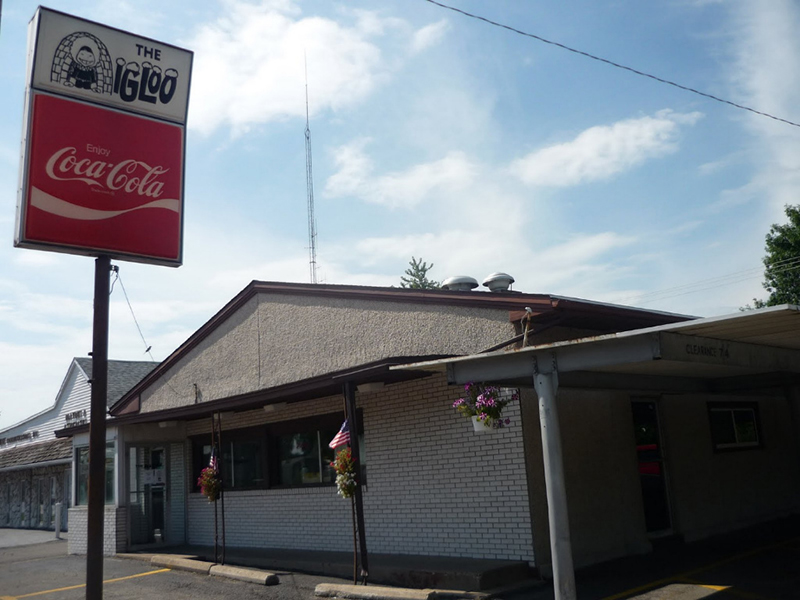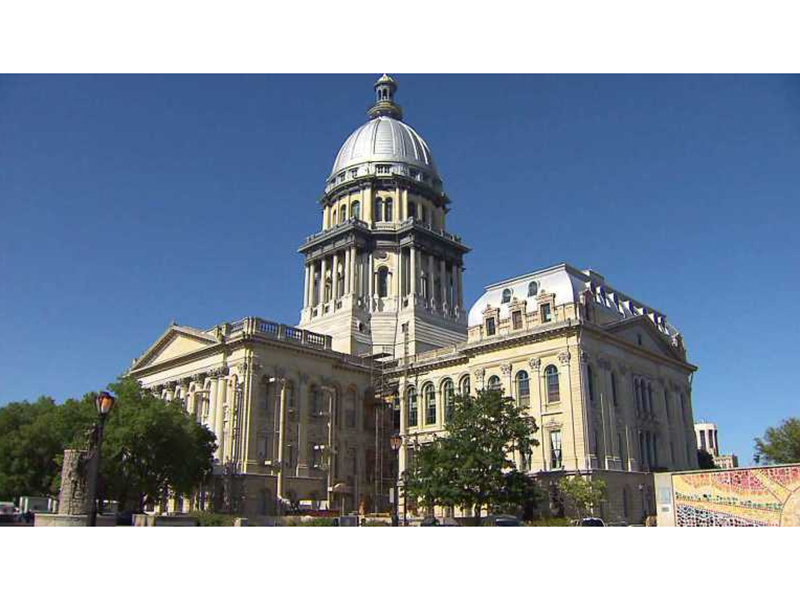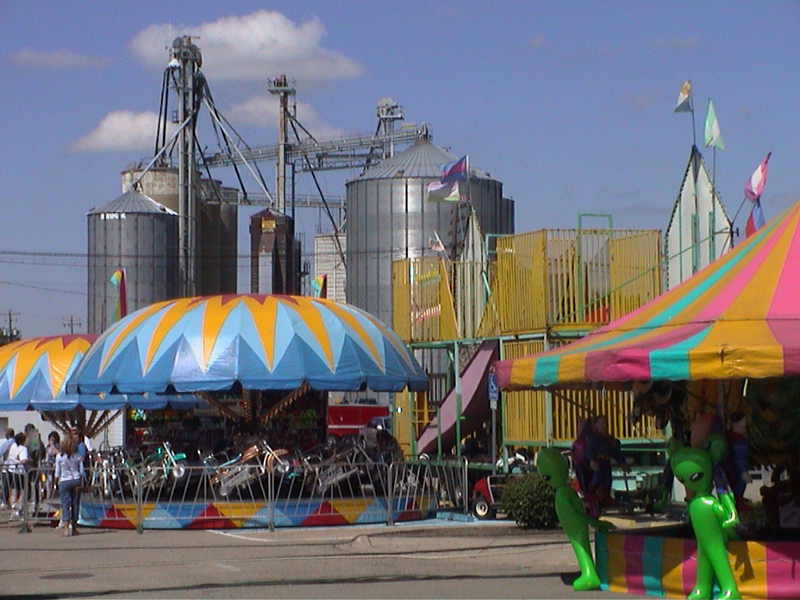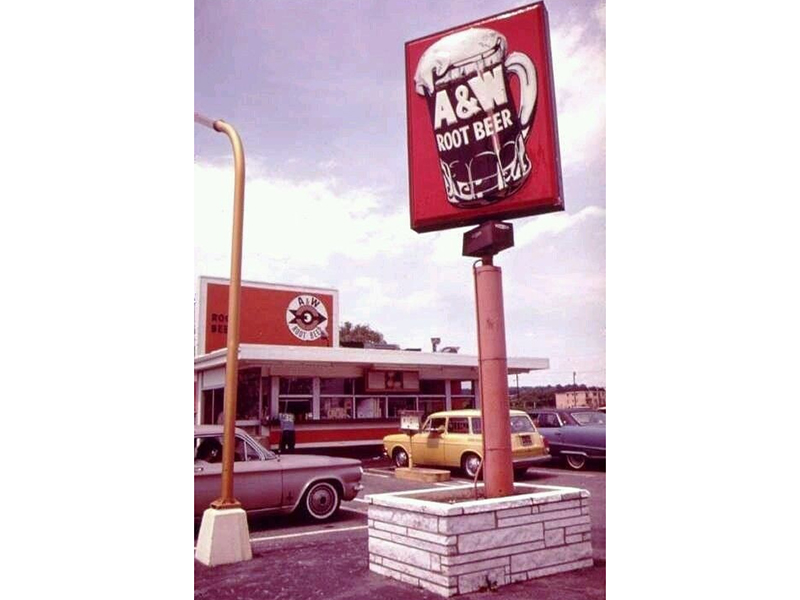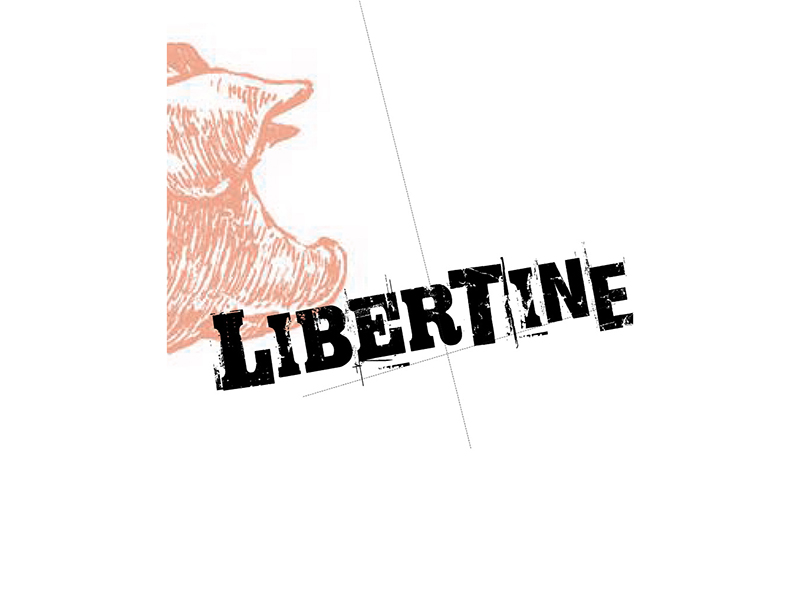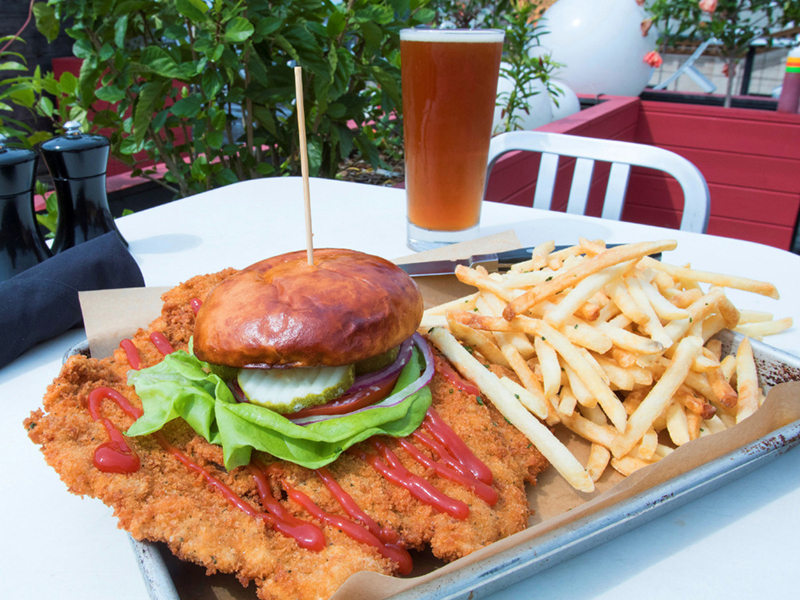Joanne and I have just returned from three days in ICELAND. I’ll write about the food and restaurants in the upcoming weeks and months. But before that, I thought it might be wise to give a general overview of the place to provide context to my upcoming posts.
First of all, I discovered ICELANDAIR when we went to London. We were checking prices with Delta and found that if we flew on Iceland’s national carrier via Reykjavik, the fare would drop by about two-thirds.
Now, Icelandair is somewhat of a budget carrier ¬– but just somewhat. For example, whereas on international flights the big carriers give business class travelers warm toasted mixed nuts (no peanuts) before the dinner service, Icelandair offers its fanciest passengers a choice of cabin-temperature caramel corn or pretzels.
And the FLIGHT ATTENDANTS? Well, check ‘em out.
The dinners were evocative of what we were expecting in REYKJAVIK – Salmon 3 ways…herring…blini…and trout roe – served all at once on a tray (not in courses), but nonetheless very good indeed. The intro didn’t end there, as we were greeted with a miniature of Icelandic Vodka.
Landing in Reykjavik the next morning, Joanne and I had time to walk the town before our hotel room was ready. We loved the scale of the city, which was quaint, historic, a cross between a city and a village. It’s a great place to meander, with no high-rises to block the sun, and a harmony of buildings in a bright palette, with many primary colors balancing softer and more restrained – but still quite varied – paint schemes.
Also interesting: the vast preponderance of structures are clad in vertical corrugated metal siding – and, aesthetically speaking, none the worse for it. I later found out that the reason metal was used was because the Vikings wiped out all of the trees a thousand years ago, and it turns out to be exceptionally difficult to grow new trees in this climate. Today Reykjavik has some, but the rest of the country is virtually barren.
The city is not without a sense of humor. The Walk signals sport smiley faces; the Don’t Walk signals keep you stationary with red frowney faces.
The language is famously impossible – not merely incomprehensible but essentially unpronounceable. Thank God the people have the sense to speak perfect English!
The church that dominates the skyline is called Hallgrimsirkja (go ahead, give that a shot). Vast in scale – construction began in 1945 and didn’t end until 1986 – it stands proudly over the city.
The National Museum, called Tjhodminjasafnid (what the hell, you might as well try to pronounce that, too) occupied us for half a day. It’s a fascinating place – very informative and well-curated. I learned a lot.
Most folks go to this island nation not for its restaurants, but for its spectacular scenery – Europe’s wildest and most rugged. As the publication, Eyewitness Travel, puts it, “Outside Reykjavik is a mix of lunar deserts, thundering waterfalls, whale watching, northern lights and majestic fjords.”
Reykjavik is a small city with a population of only a little over 300,000 people. So you can only imagine the crunch in summer months when almost 2 million tourists invade (from where, I don’t know. But the bathroom signage in the National Parks gave me a clue that they are probably not all Americans and Northern Europeans.)
Here’s another observation: COLD PLACE, WARM HEART. The people are all really nice.
Would it be politically incorrect to note, however, that the people aren’t uniformly attractive? Because Icelandic men – many, many of them – are just a mess: overweight and almost slovenly, poorly groomed, not well-dressed. (there’s probably no shortage of “plumber’s butts” here.) That struck me as so strange in that the vast majority of women were drop-dead gorgeous (go back and check out the flight attendants).
I’ve read on the Internet that due to an alleged shortage of Icelandic men, the government is offering up to $5,000 per month to men from outside the country to come and marry Icelandic women. Obviously, that’s nonsense…
…though a gender imbalance COULD partially explain why Icelandic men feel so comfortable “letting themselves go” while the women stay glamorous, trim and beautiful. I don’t know…I was just wondering.
The other thing that I was wondering about is the ICELANDIC HOT DOG. No kidding: It’s a WEENIE made of organic, grass-fed, hormone-free lamb, pork and beef, and served up on a warm steamed bun, topped with raw and crispy fried onions, ketchup, sweet brown mustard, remoulade and mayo. You get them at a tiny stand near the waterfront called Baejarins Beztu Pylsur.
So is it accidental? Serendipitous? Or on purpose that the last few slides of this posting go from beautiful women….to weenies…..to Bill Clinton at the hot dog stand…..and finally on to the famous ICELANDIC PHALLOLOGICAL MUSEUM?
I report. You decide.
WTF
PHIL





